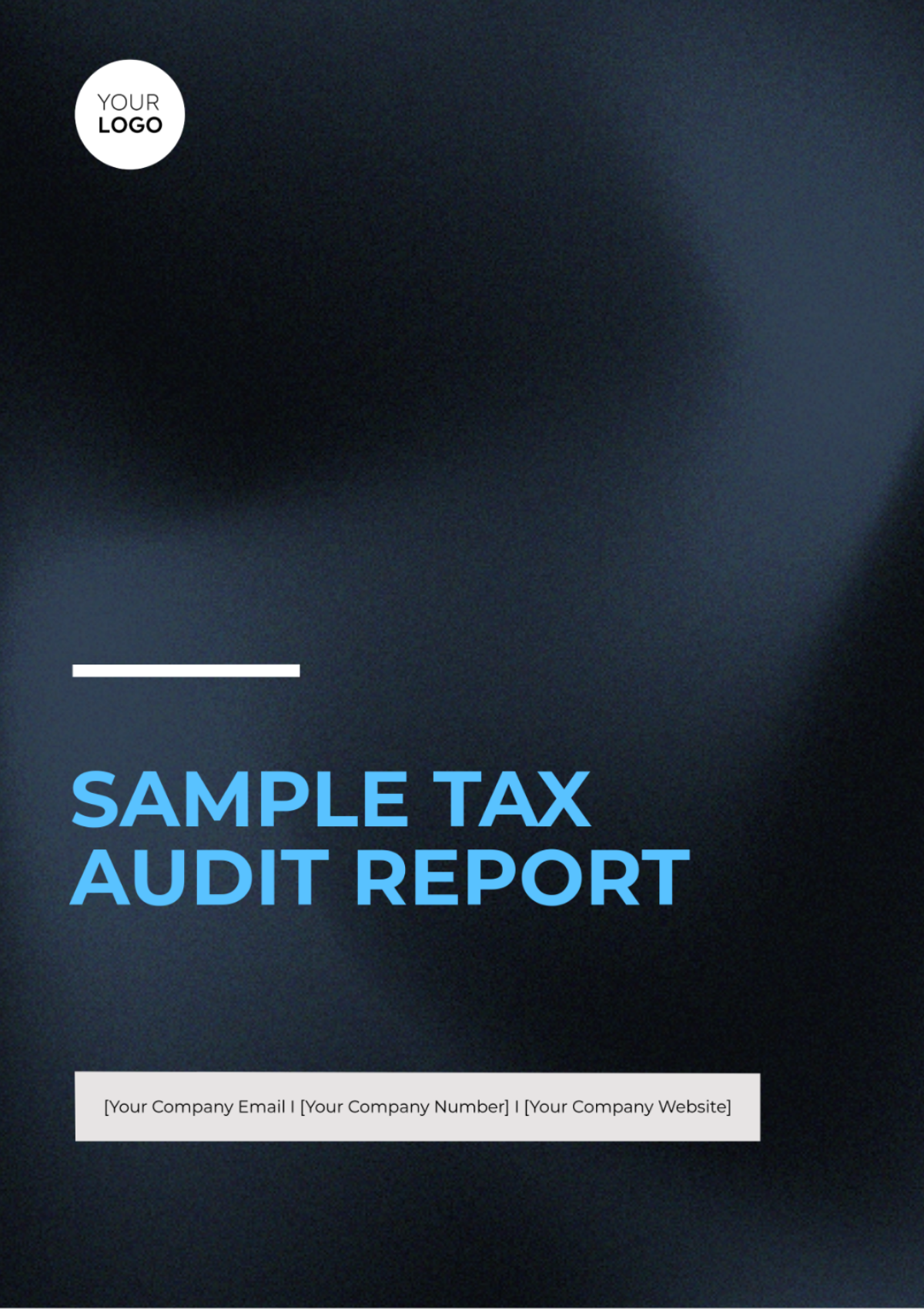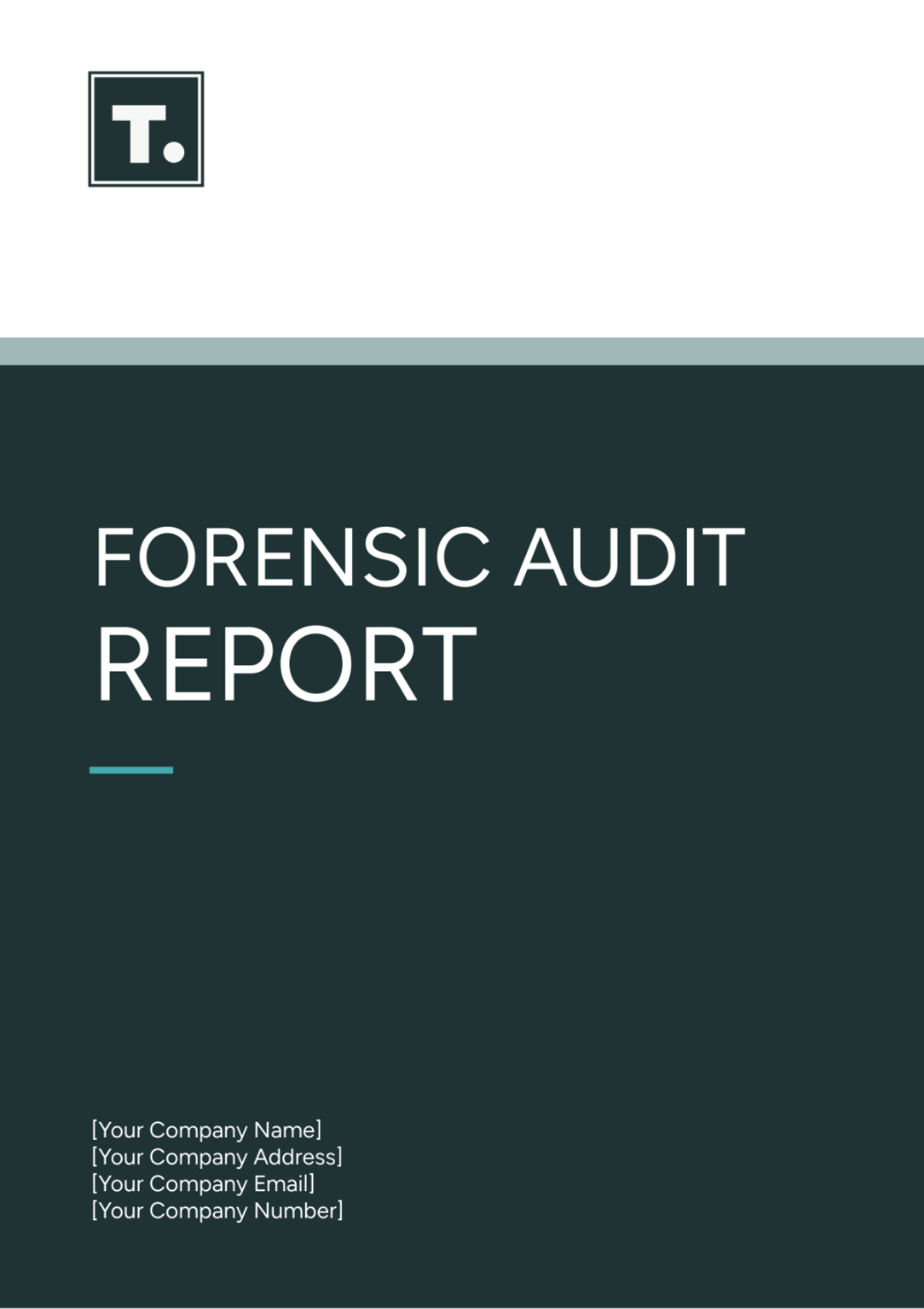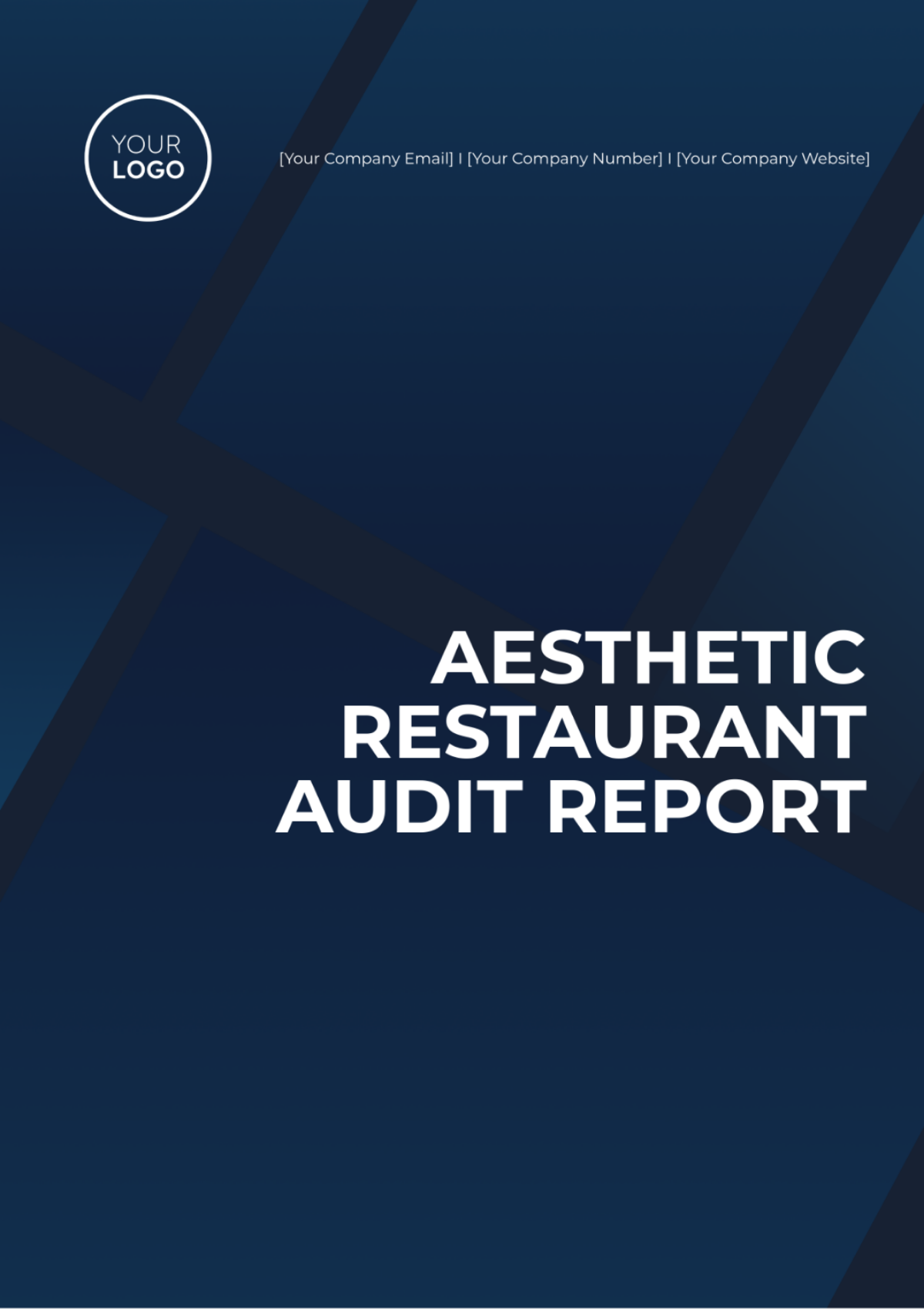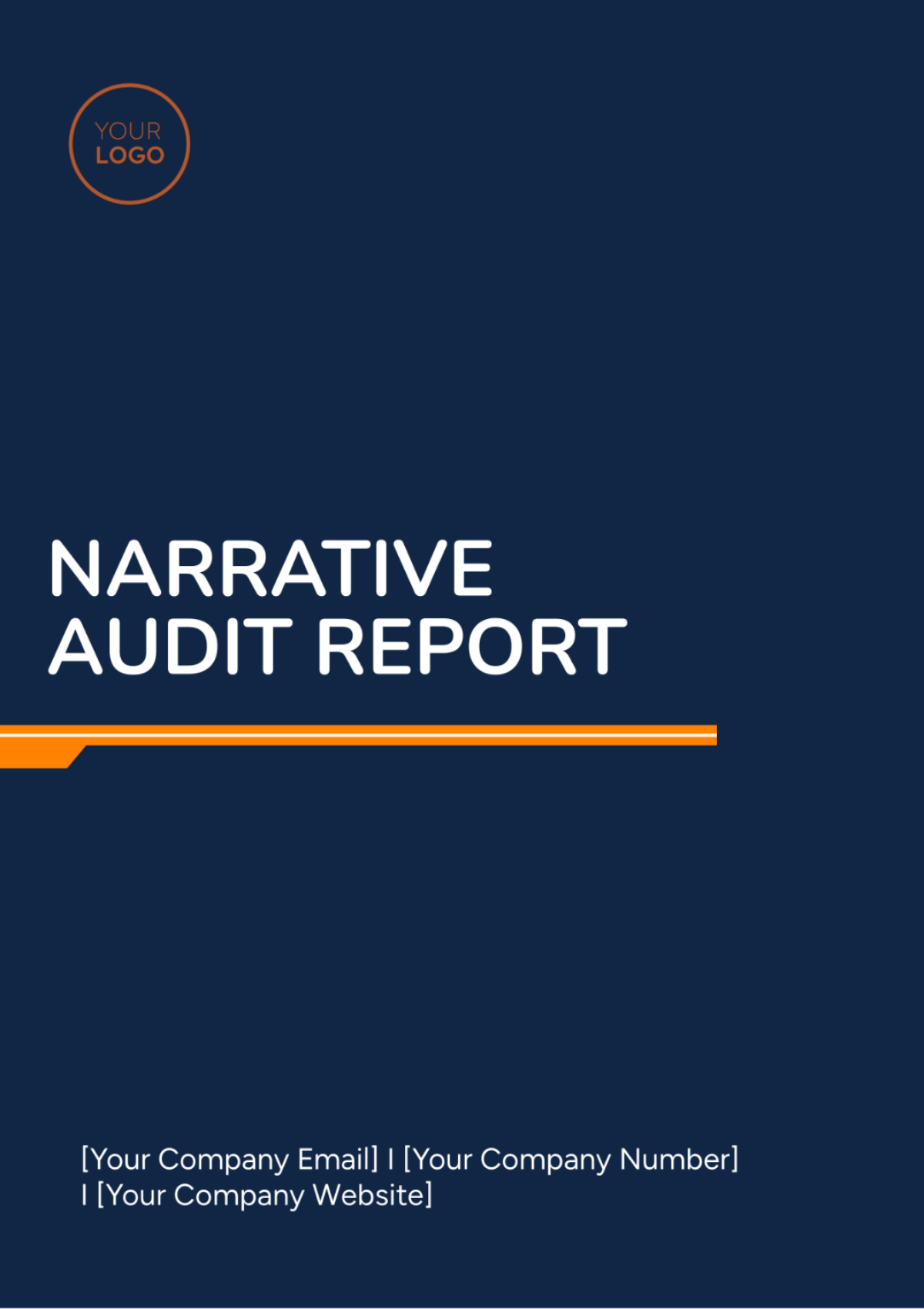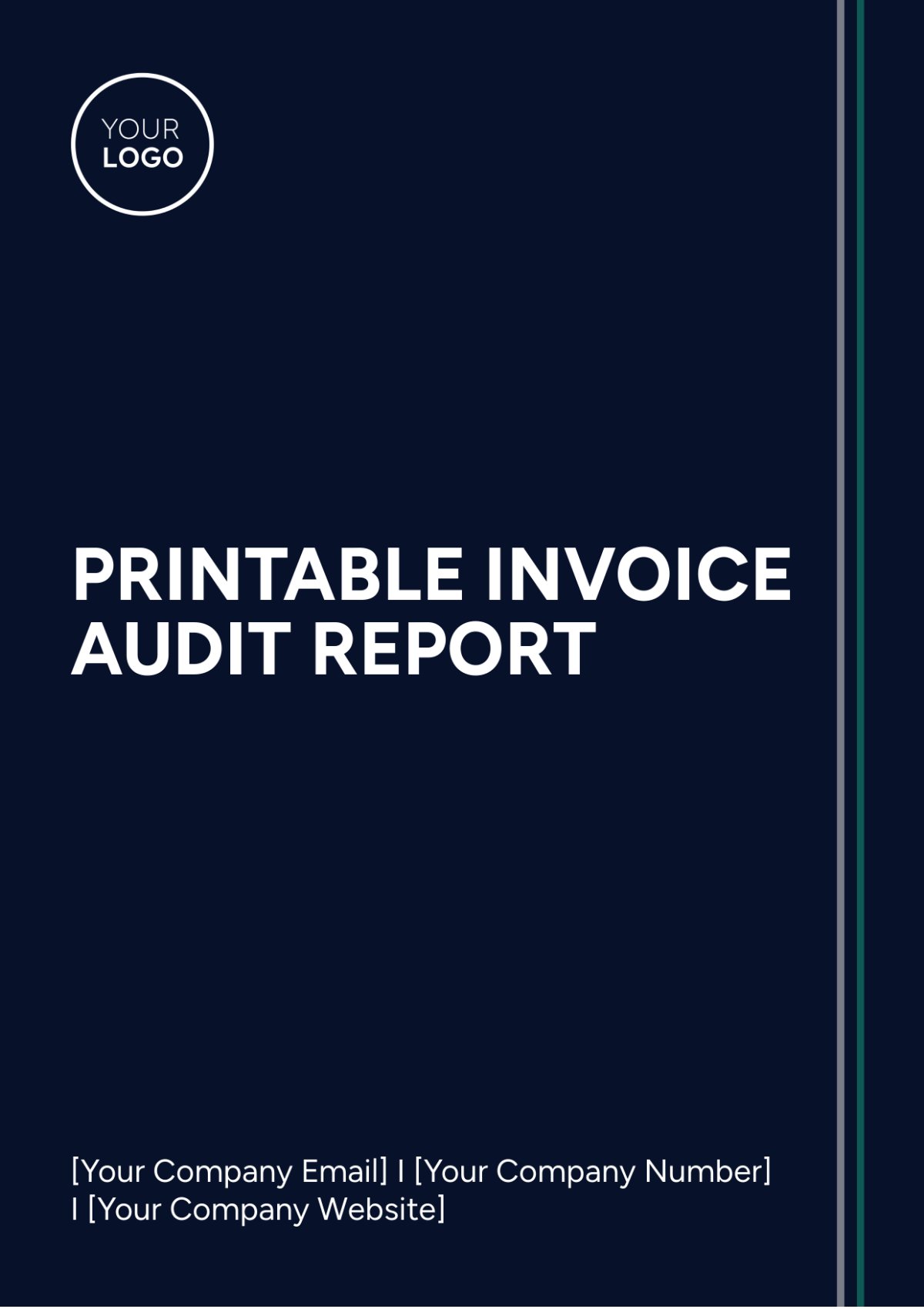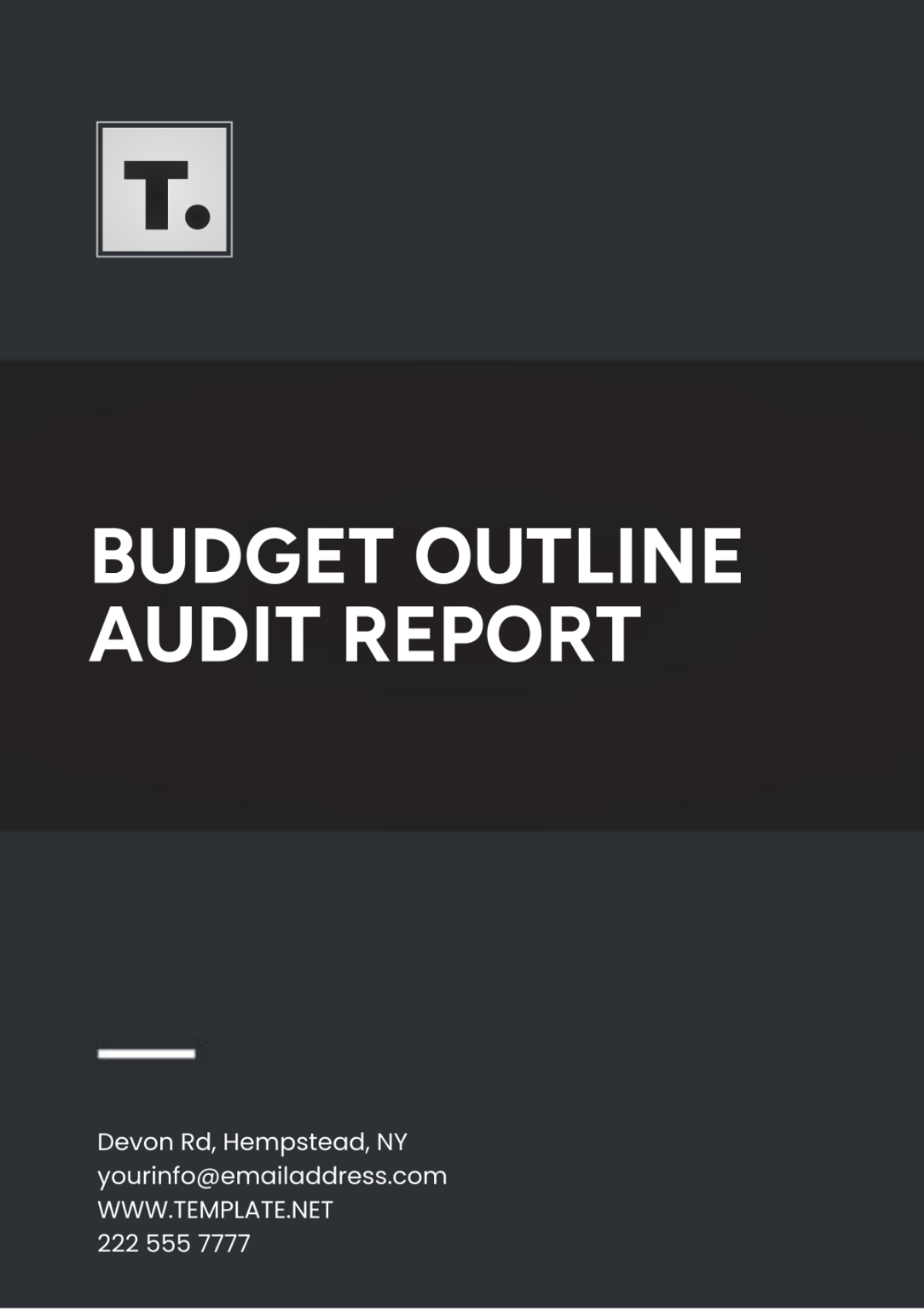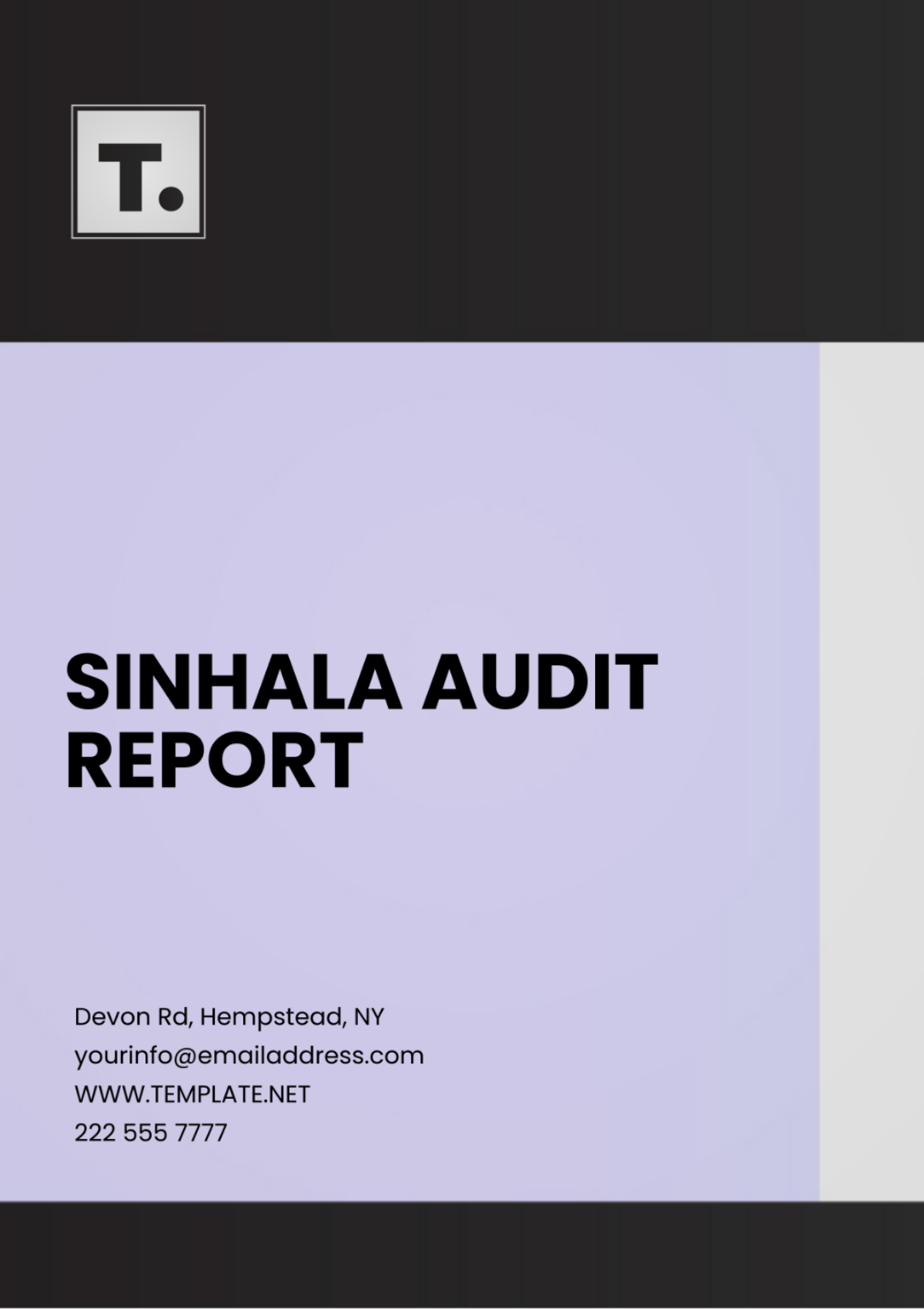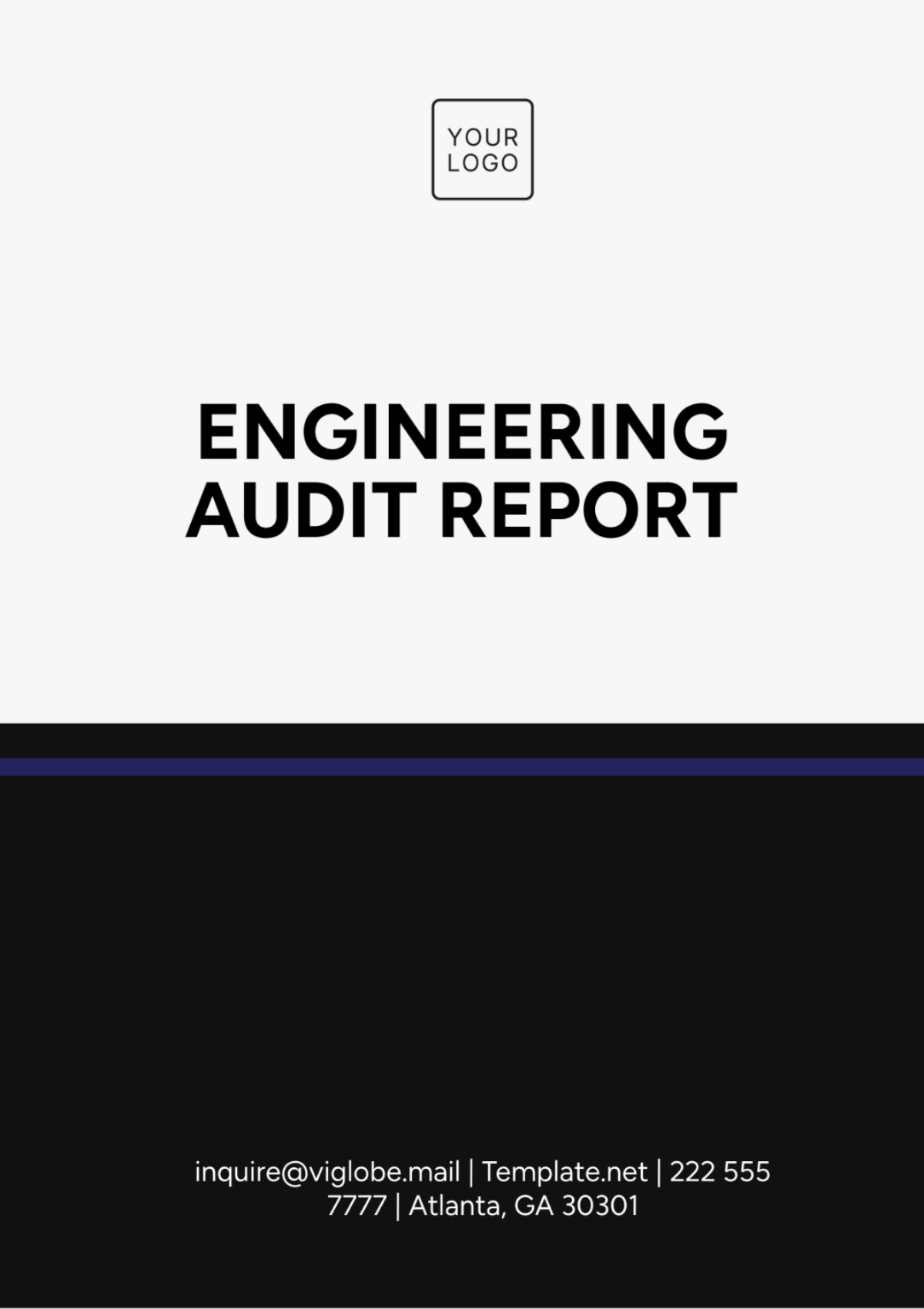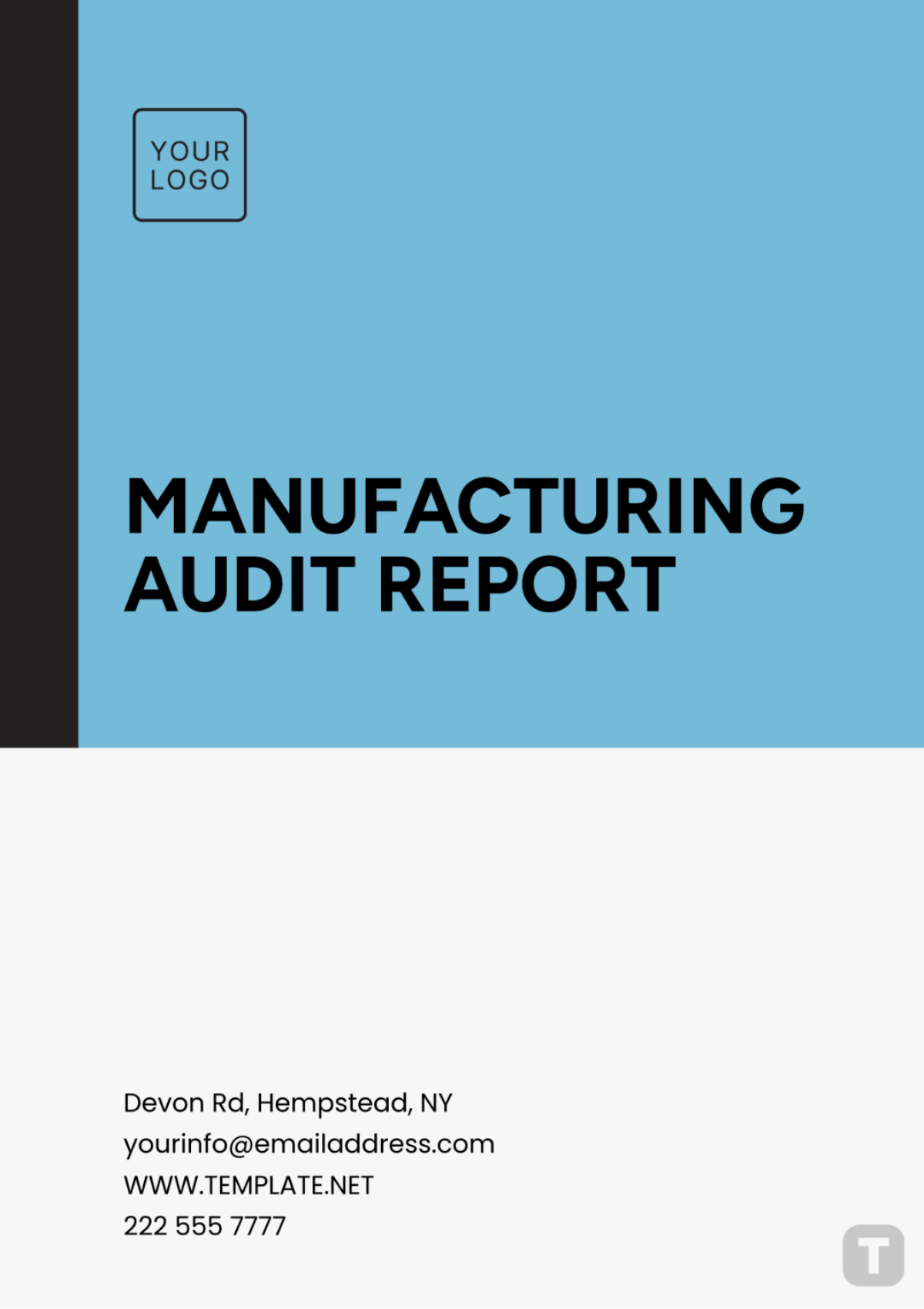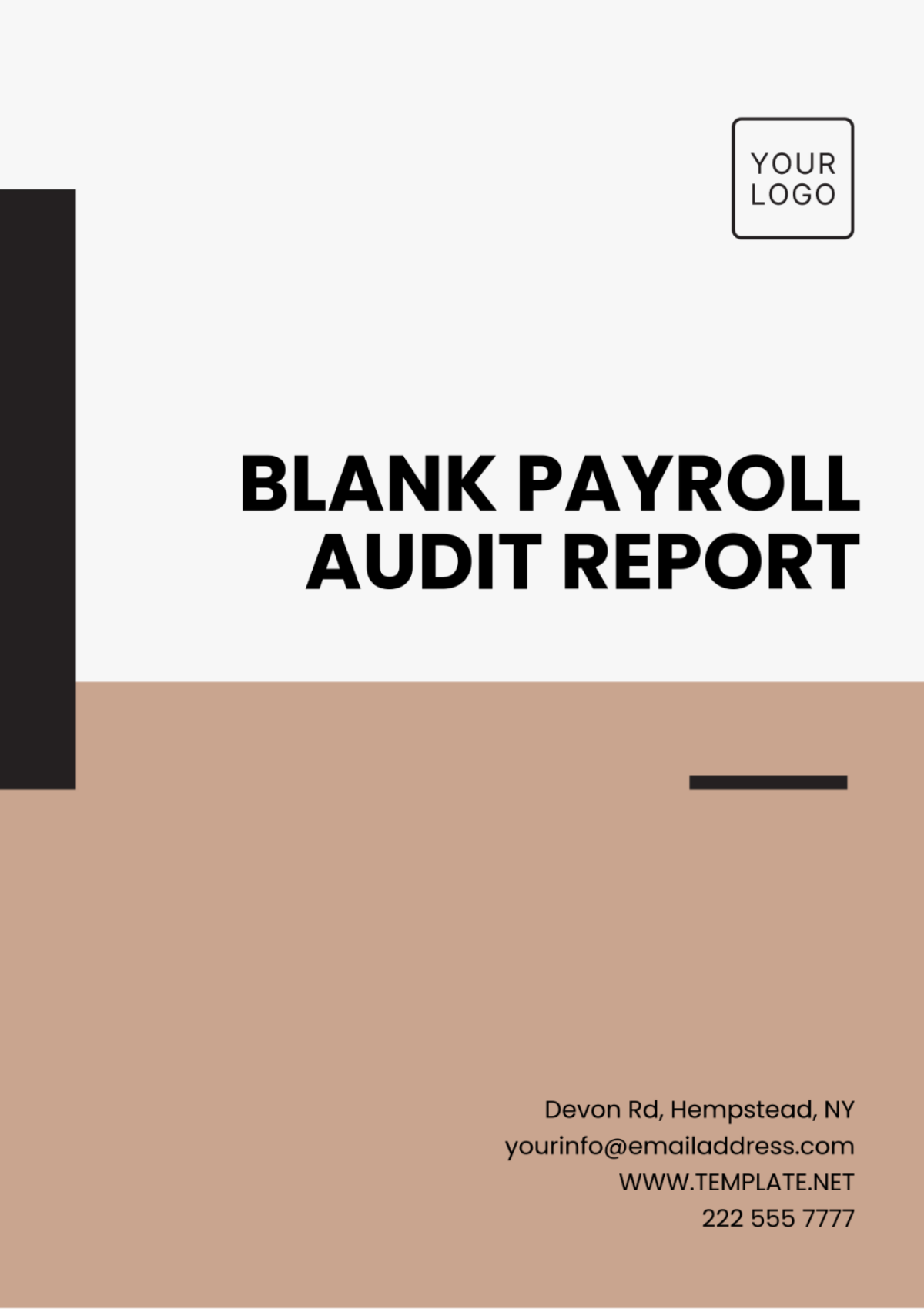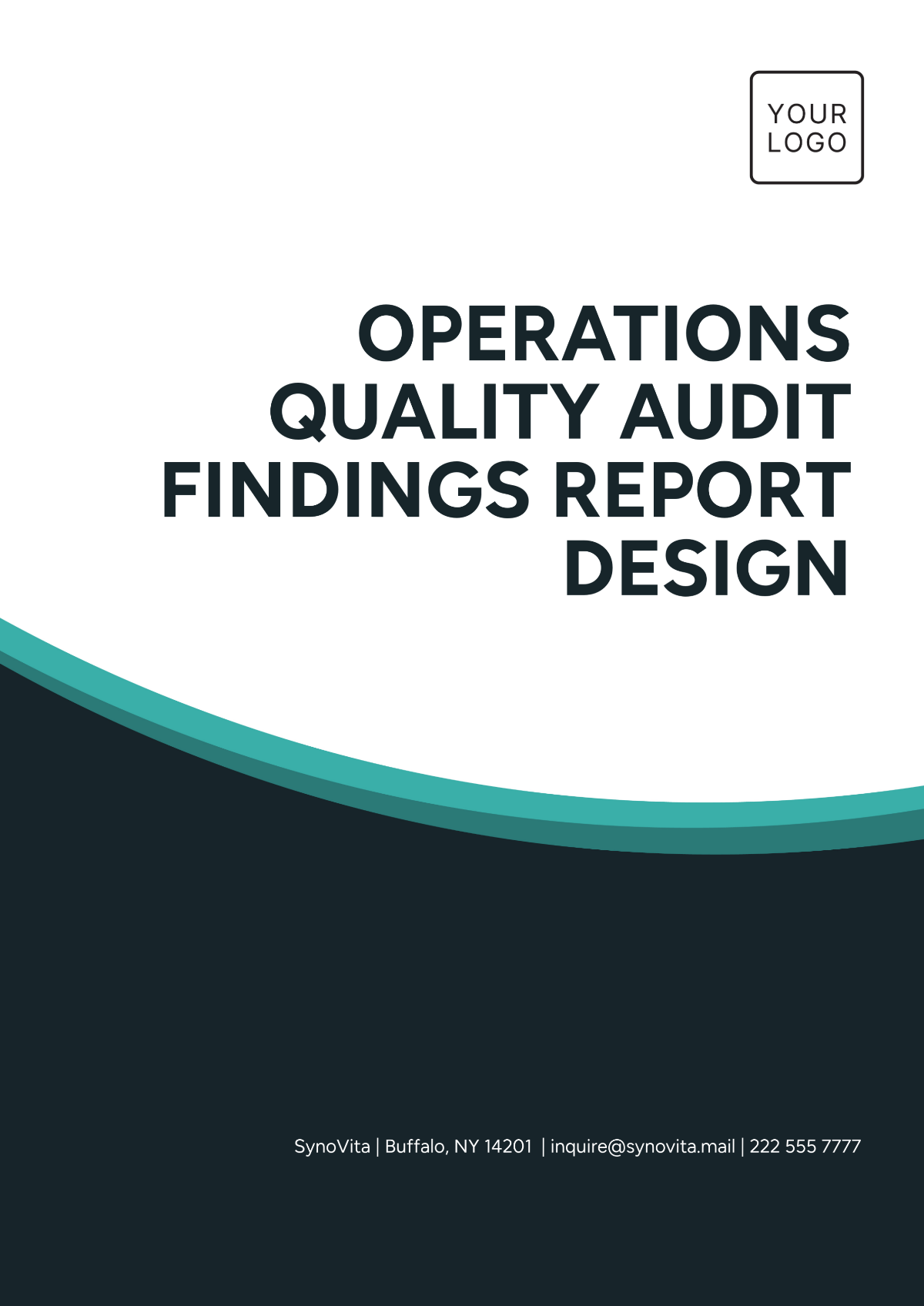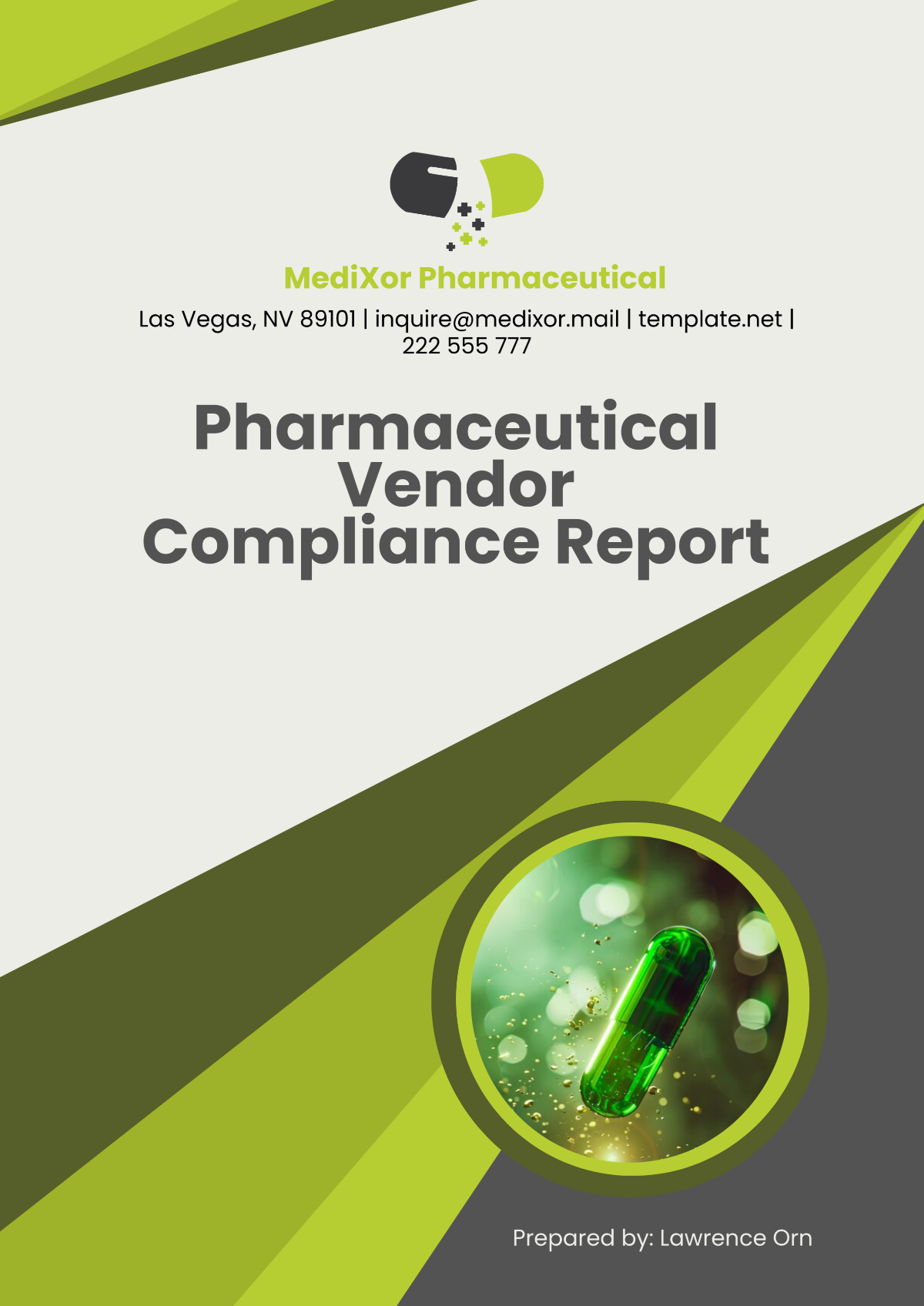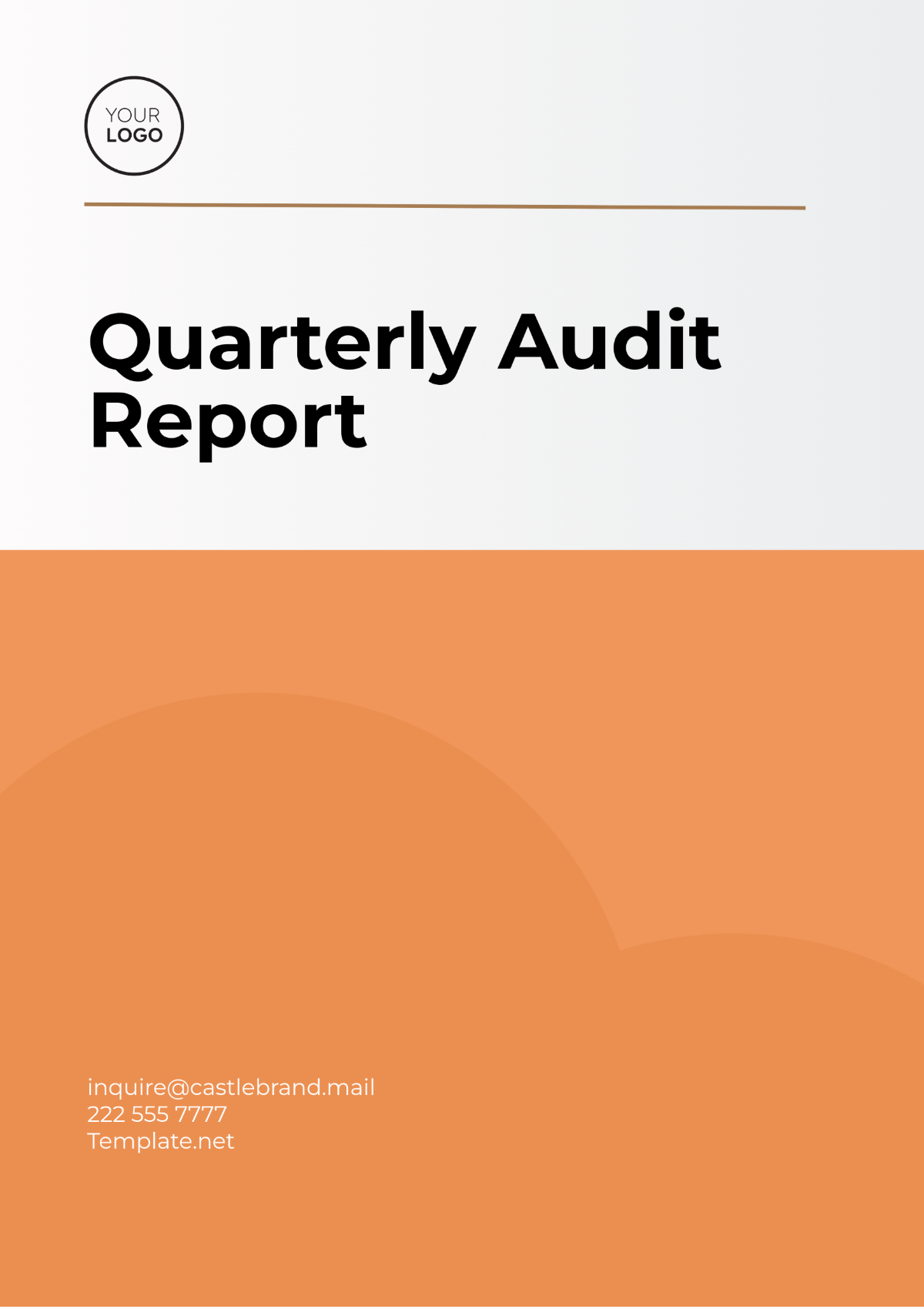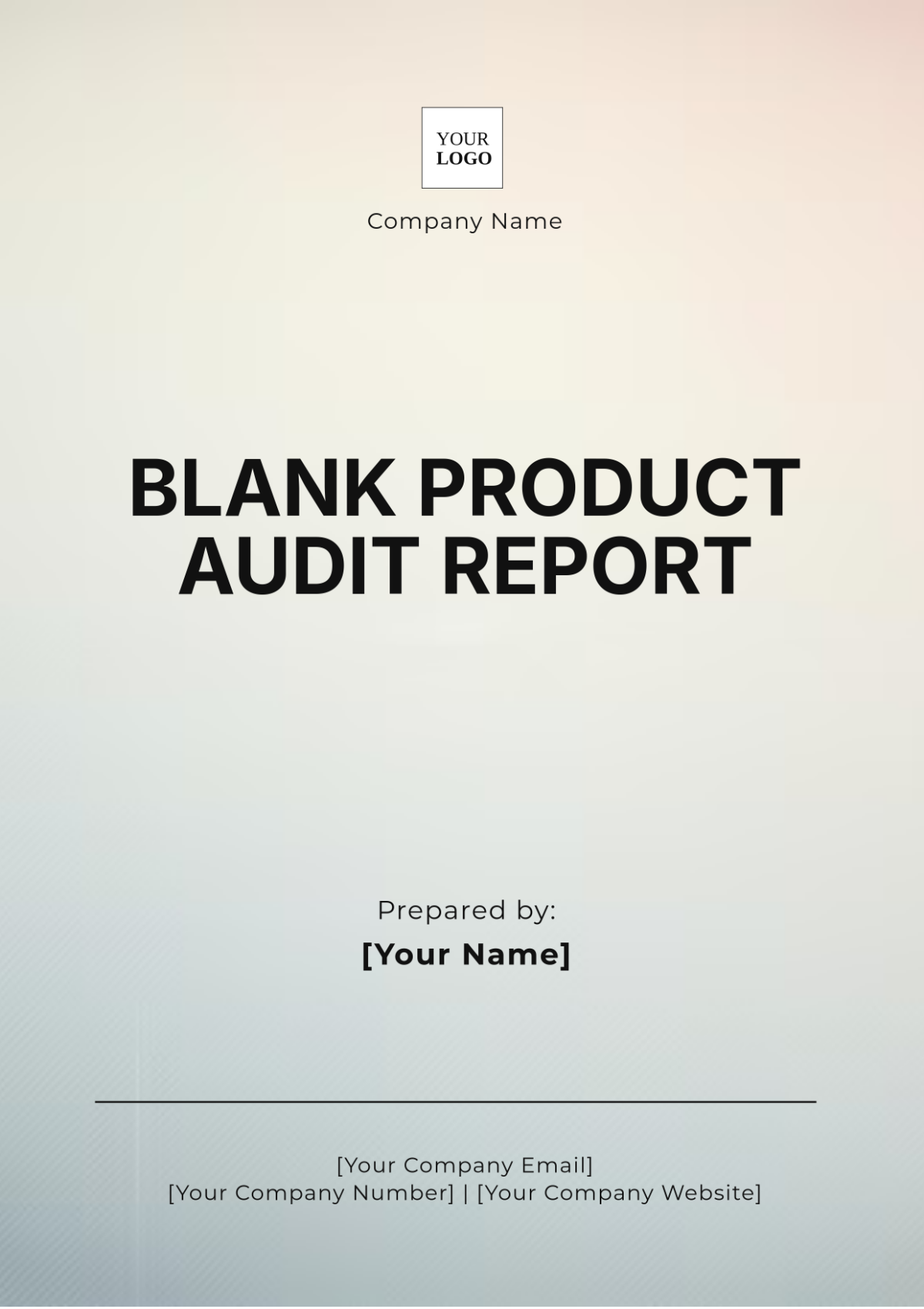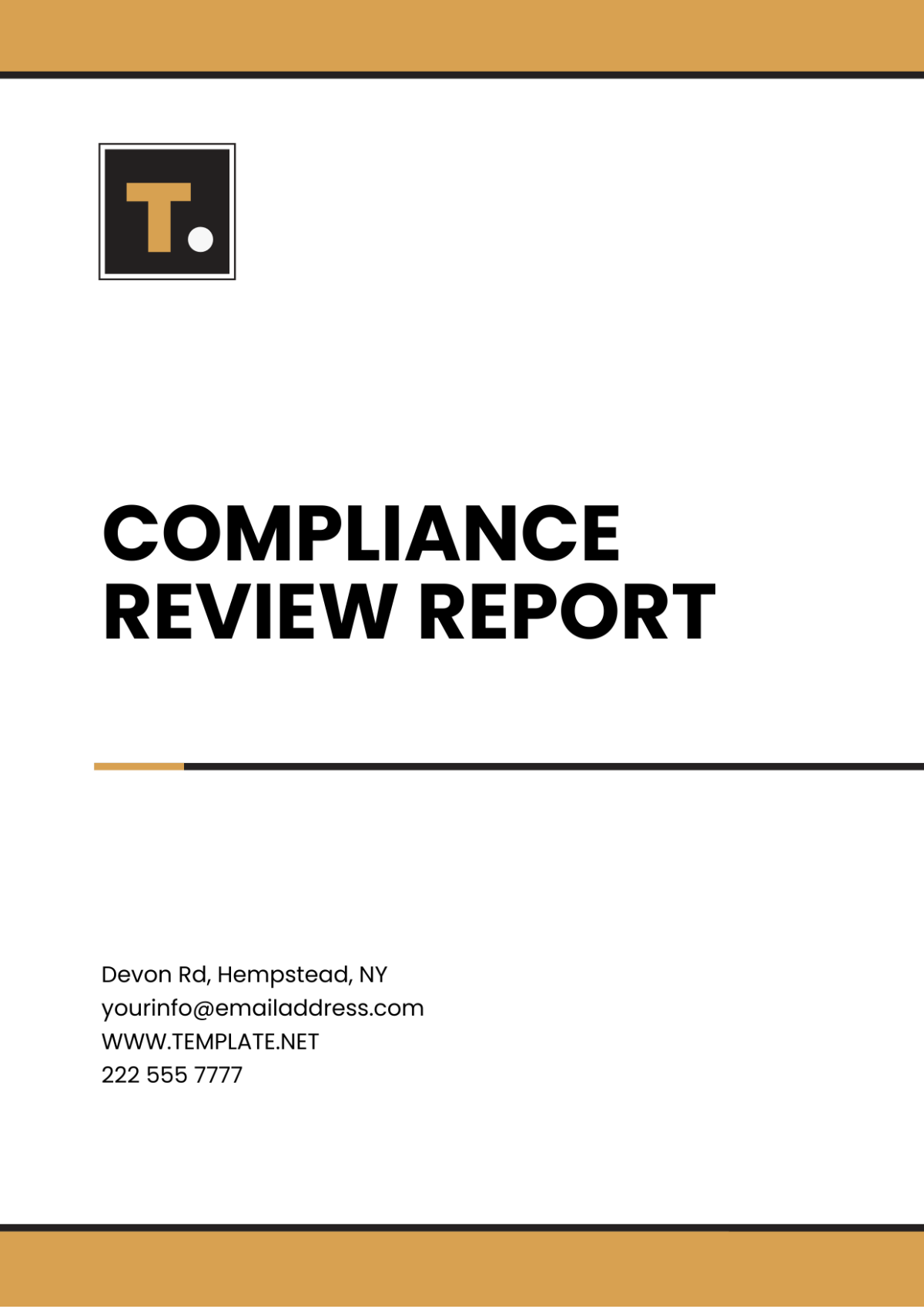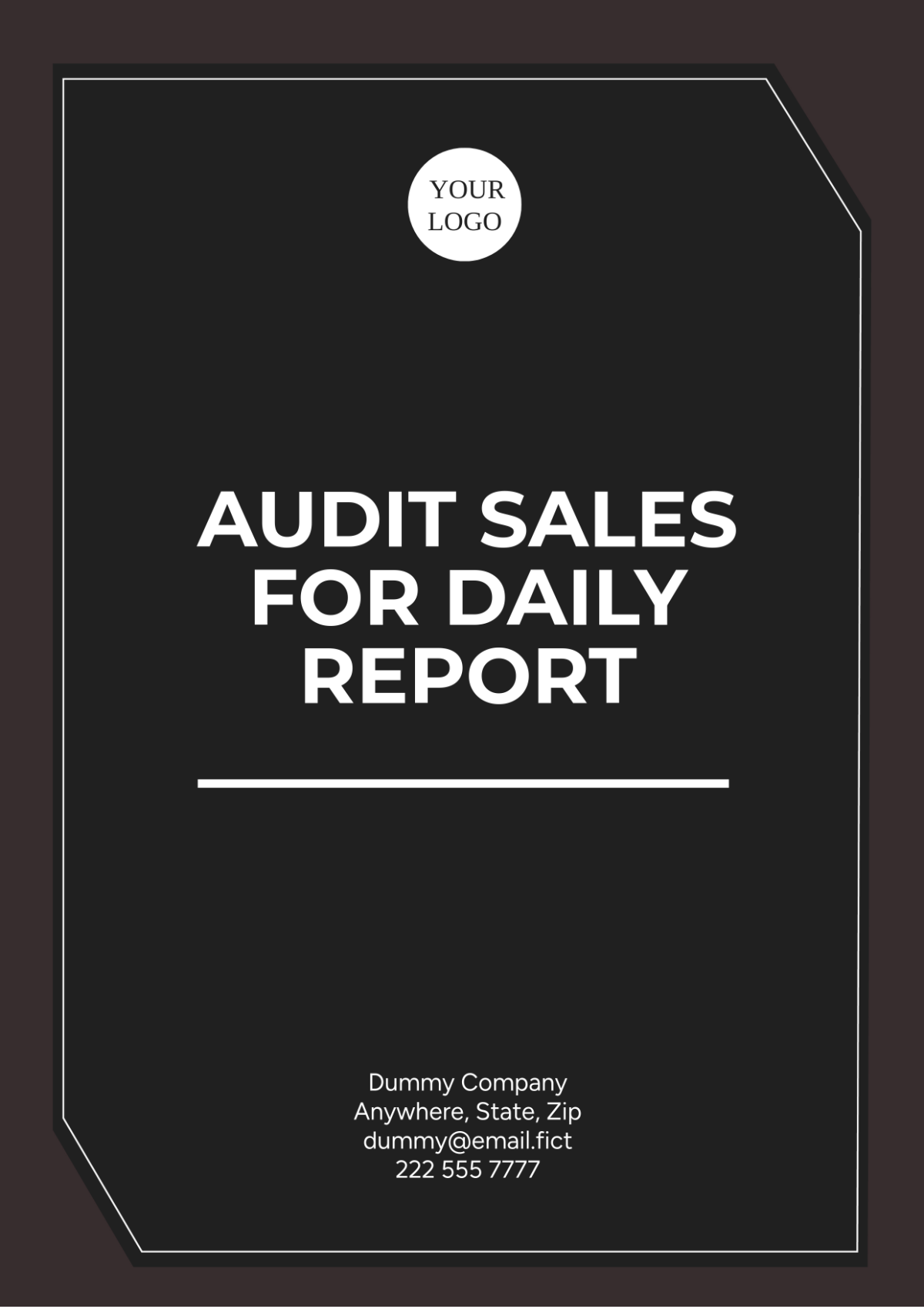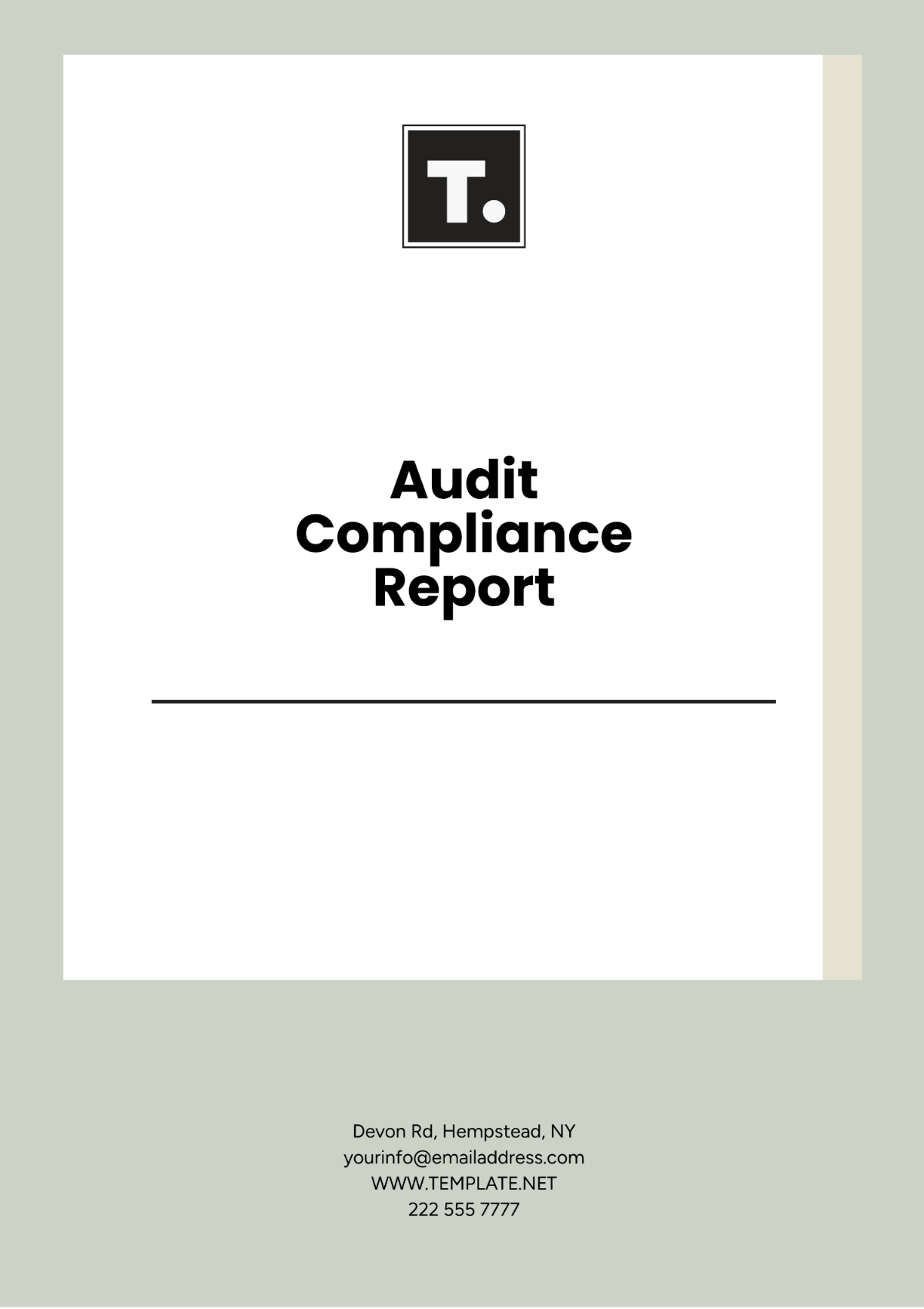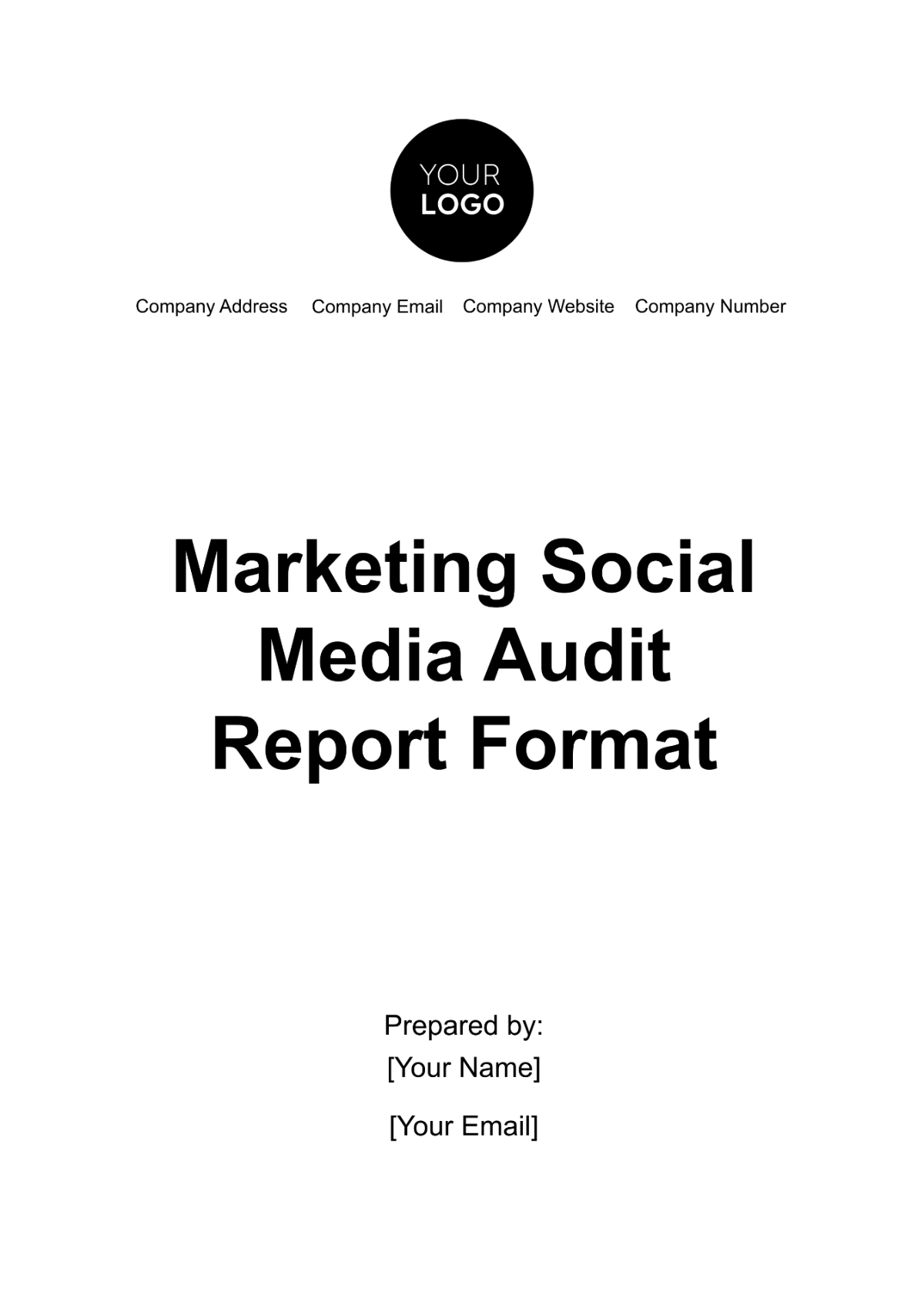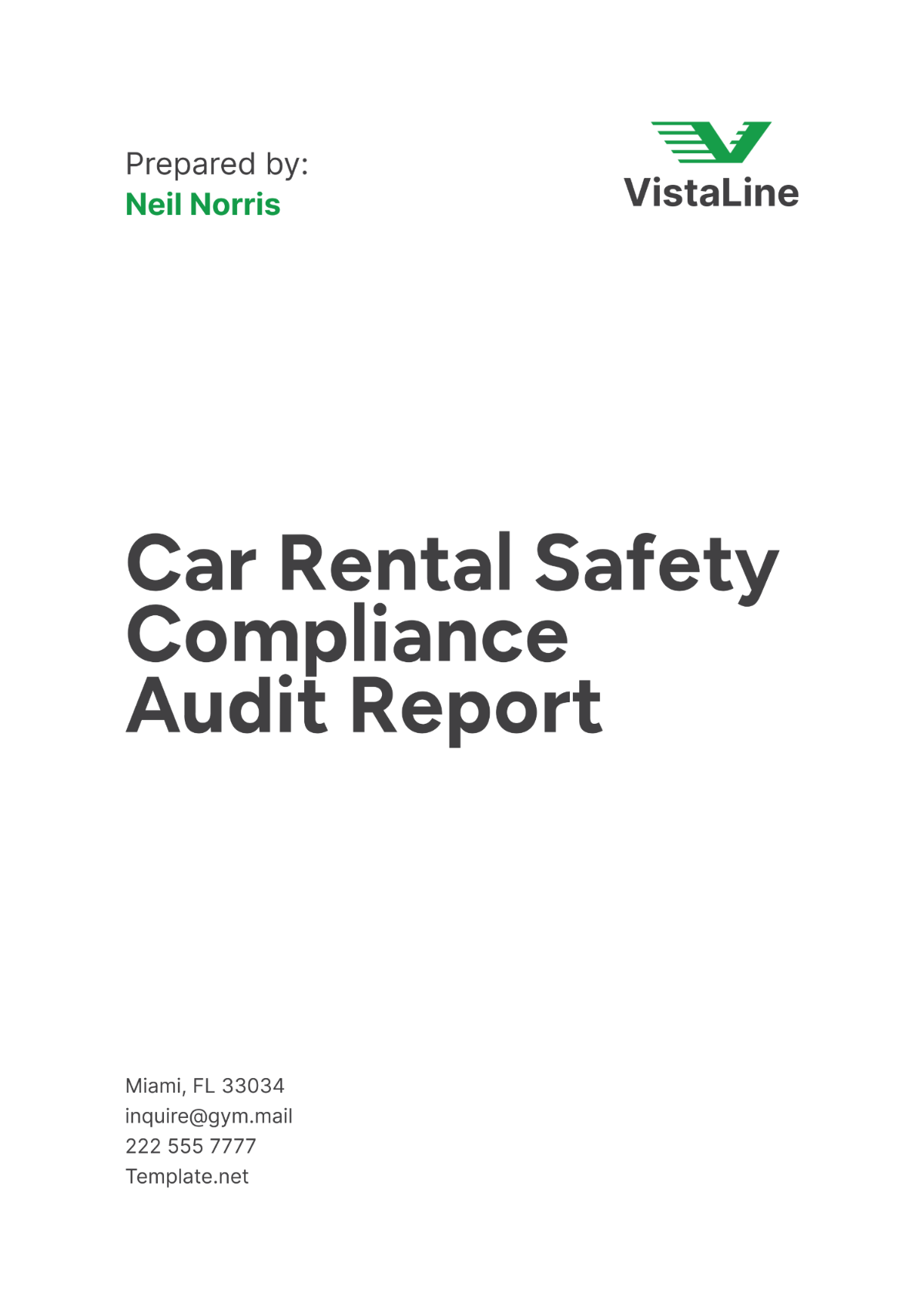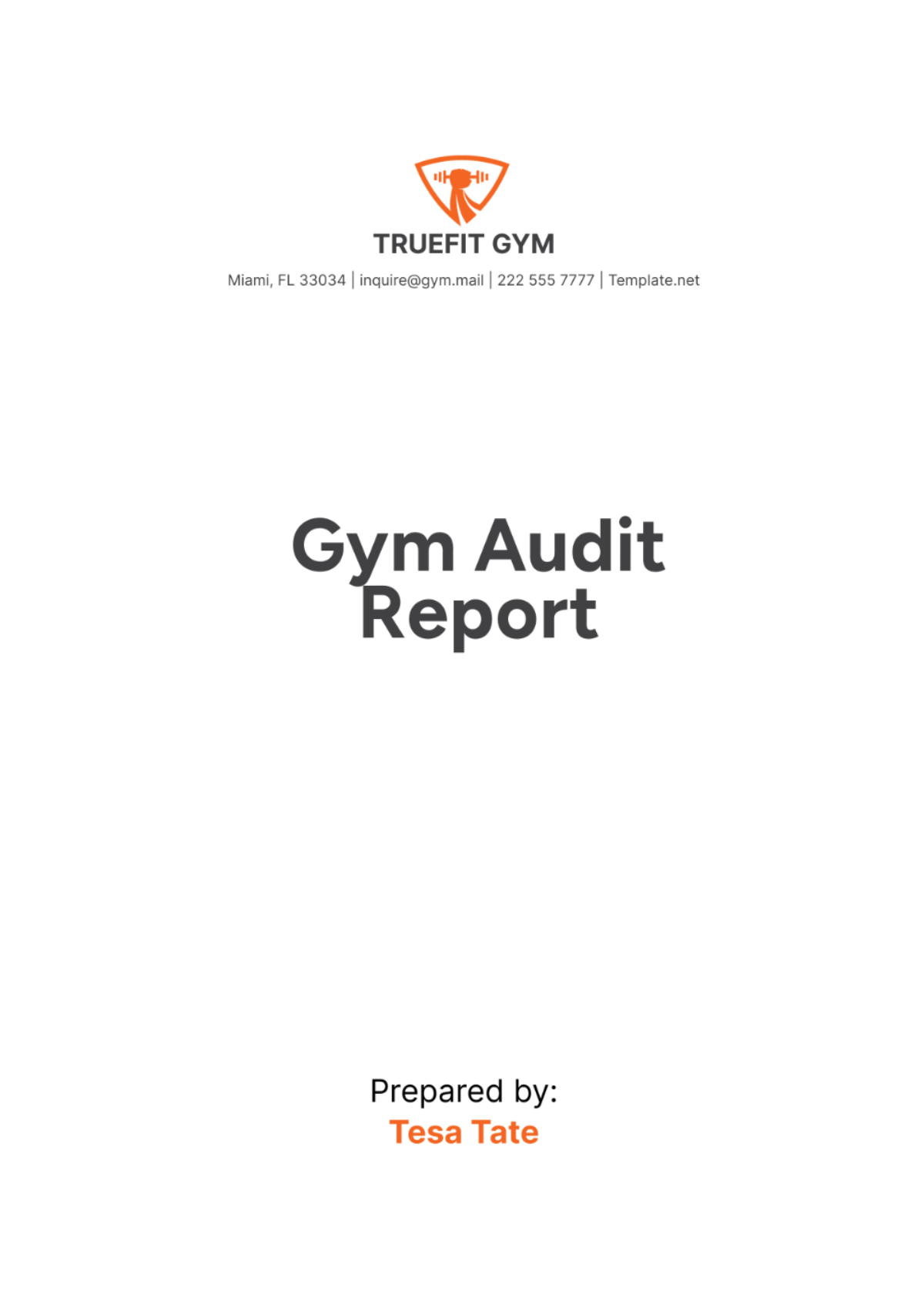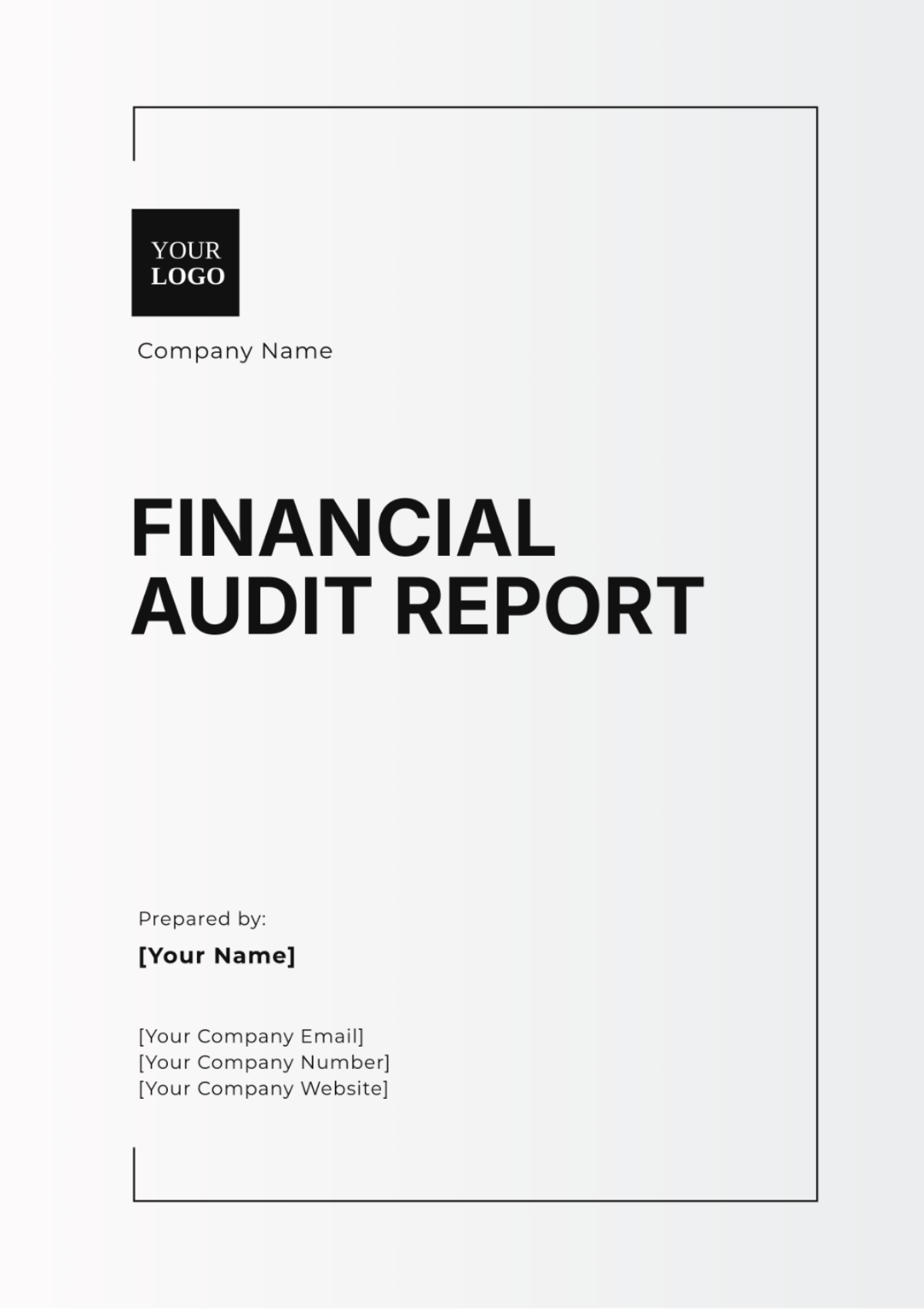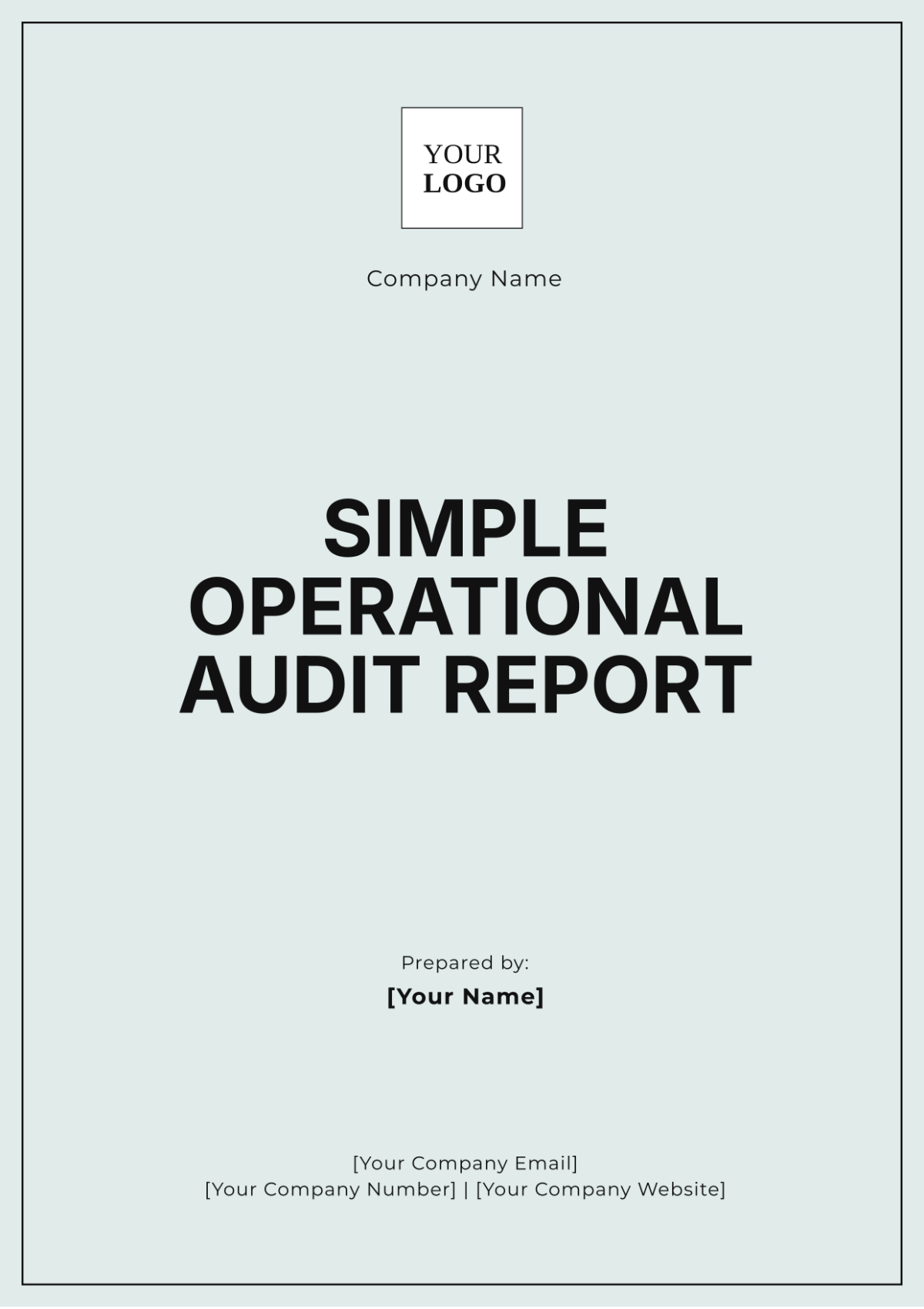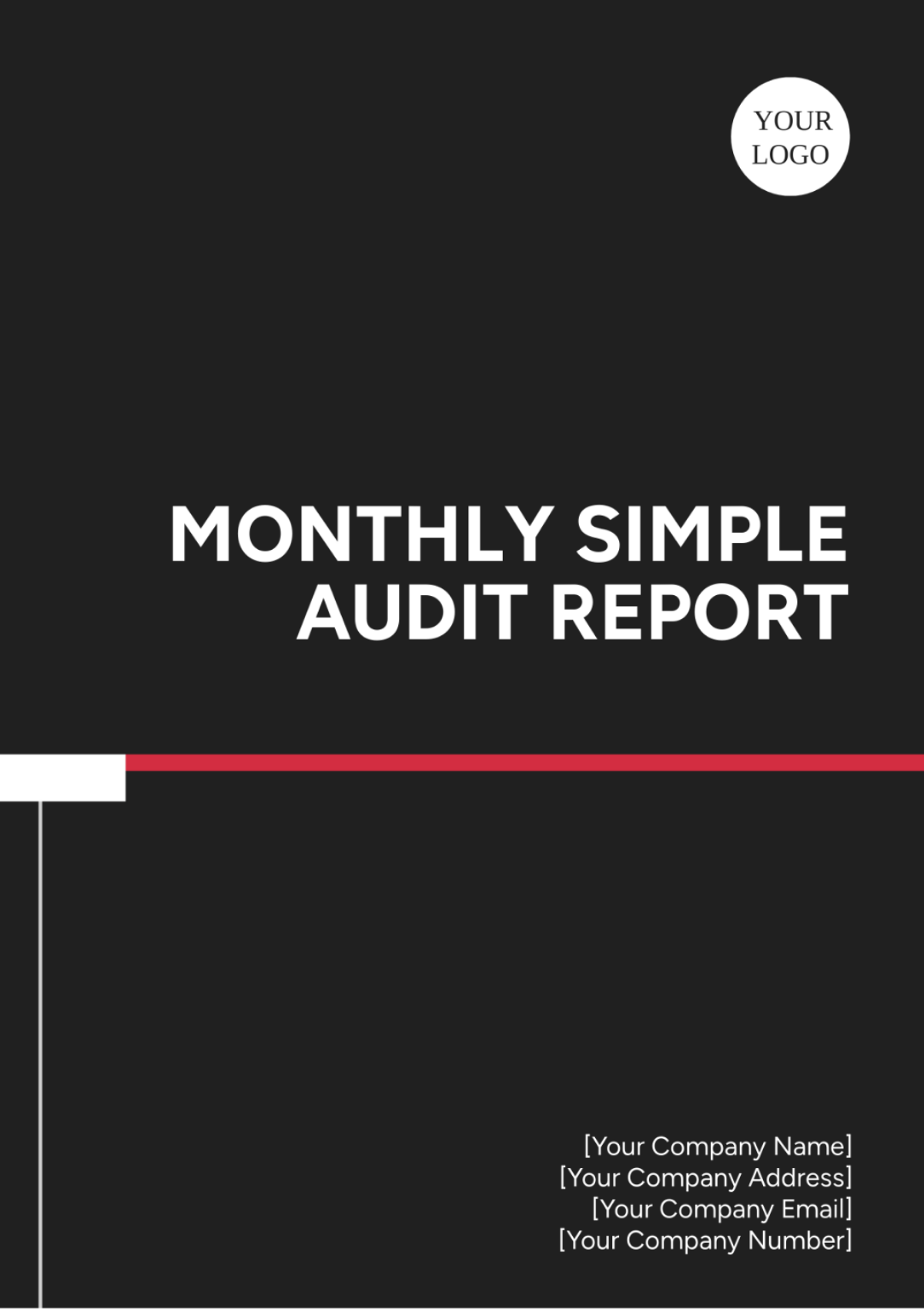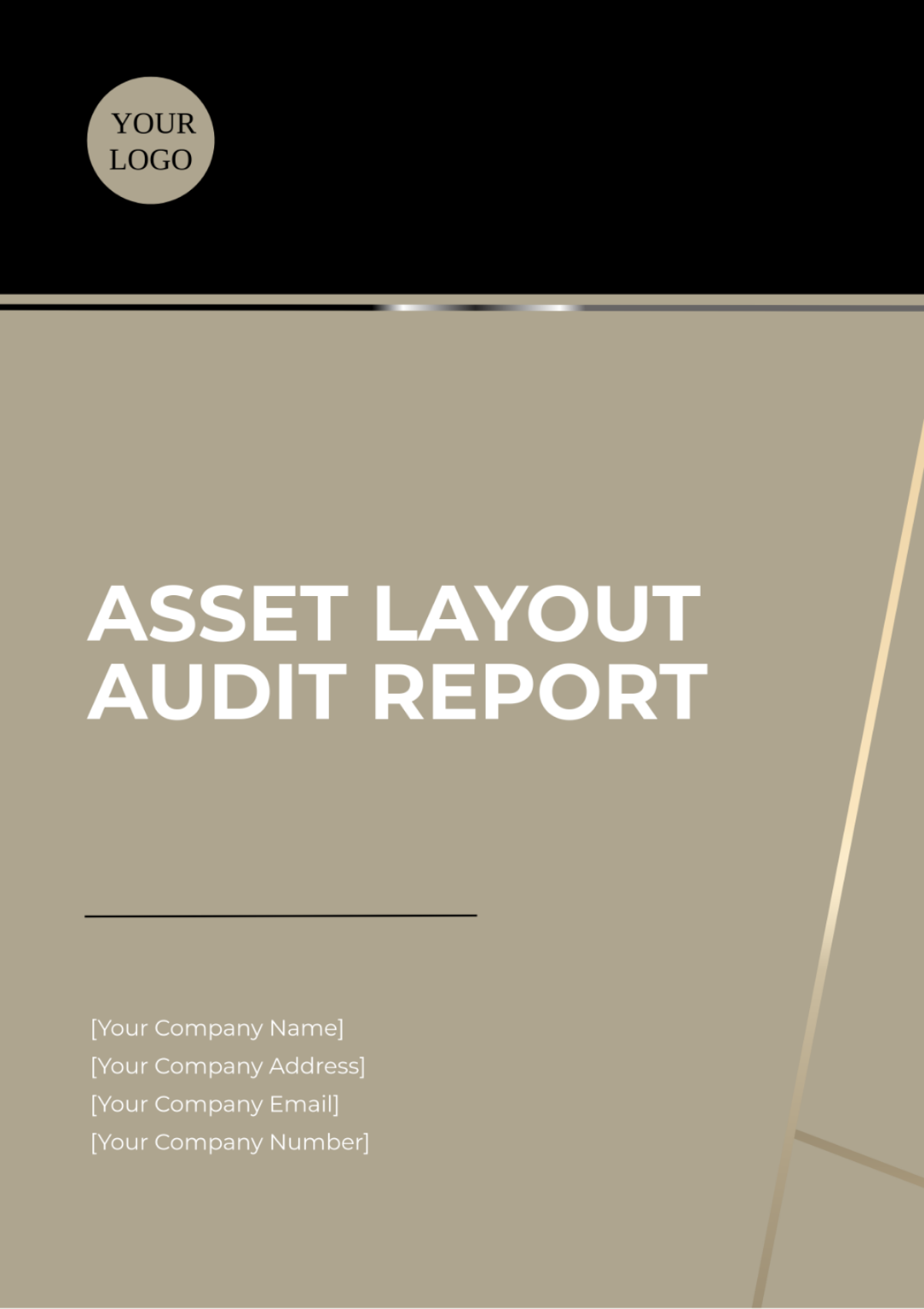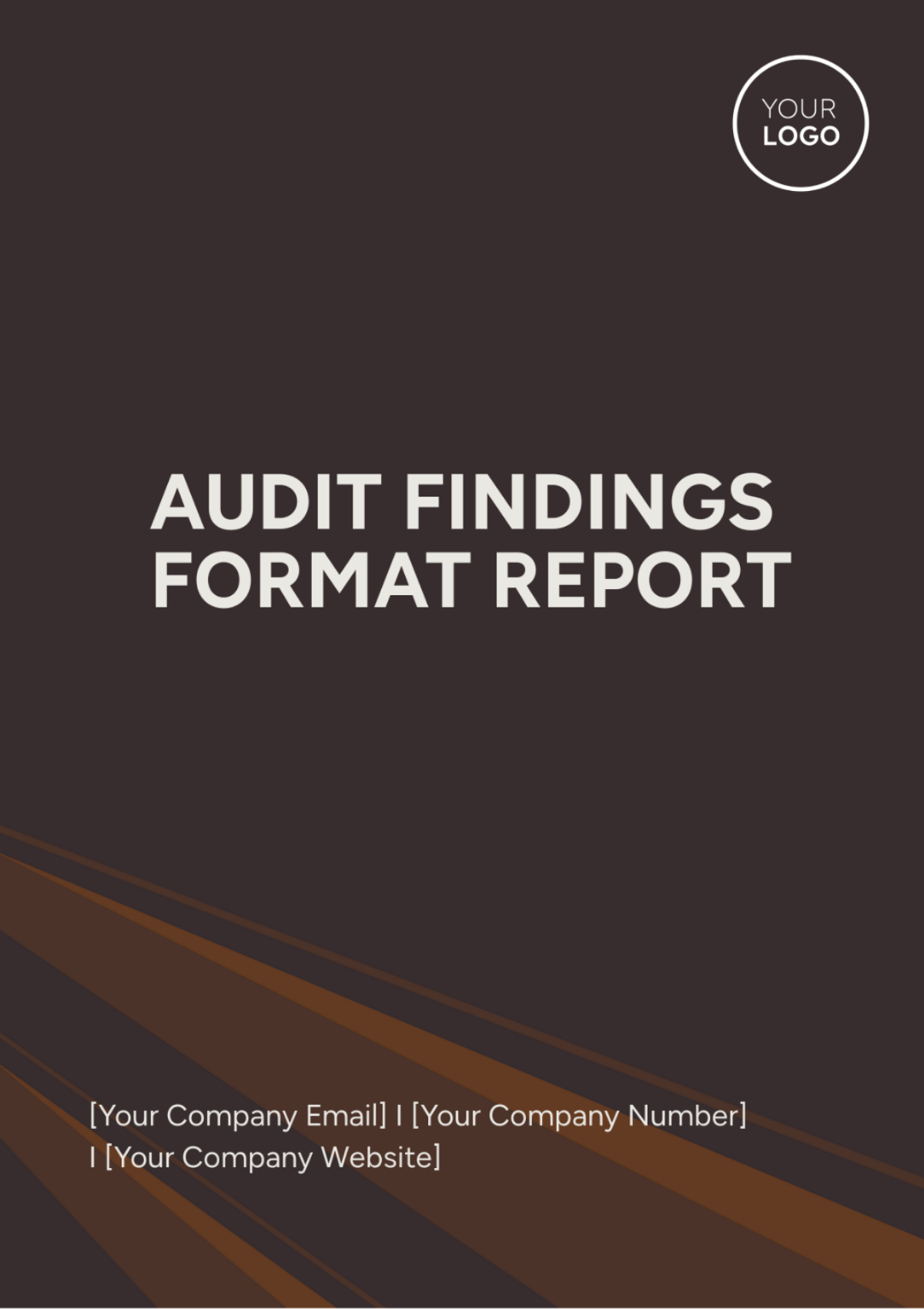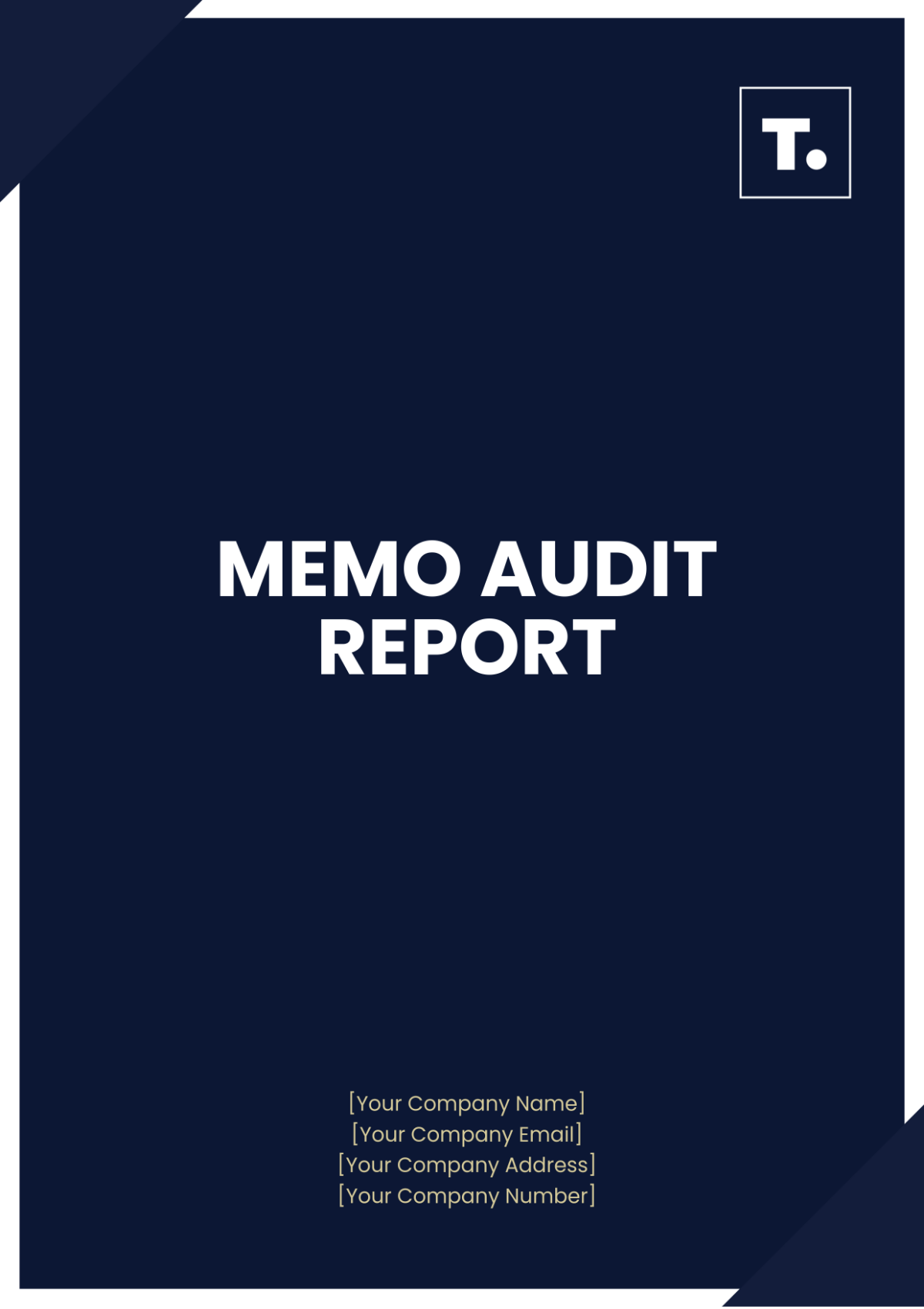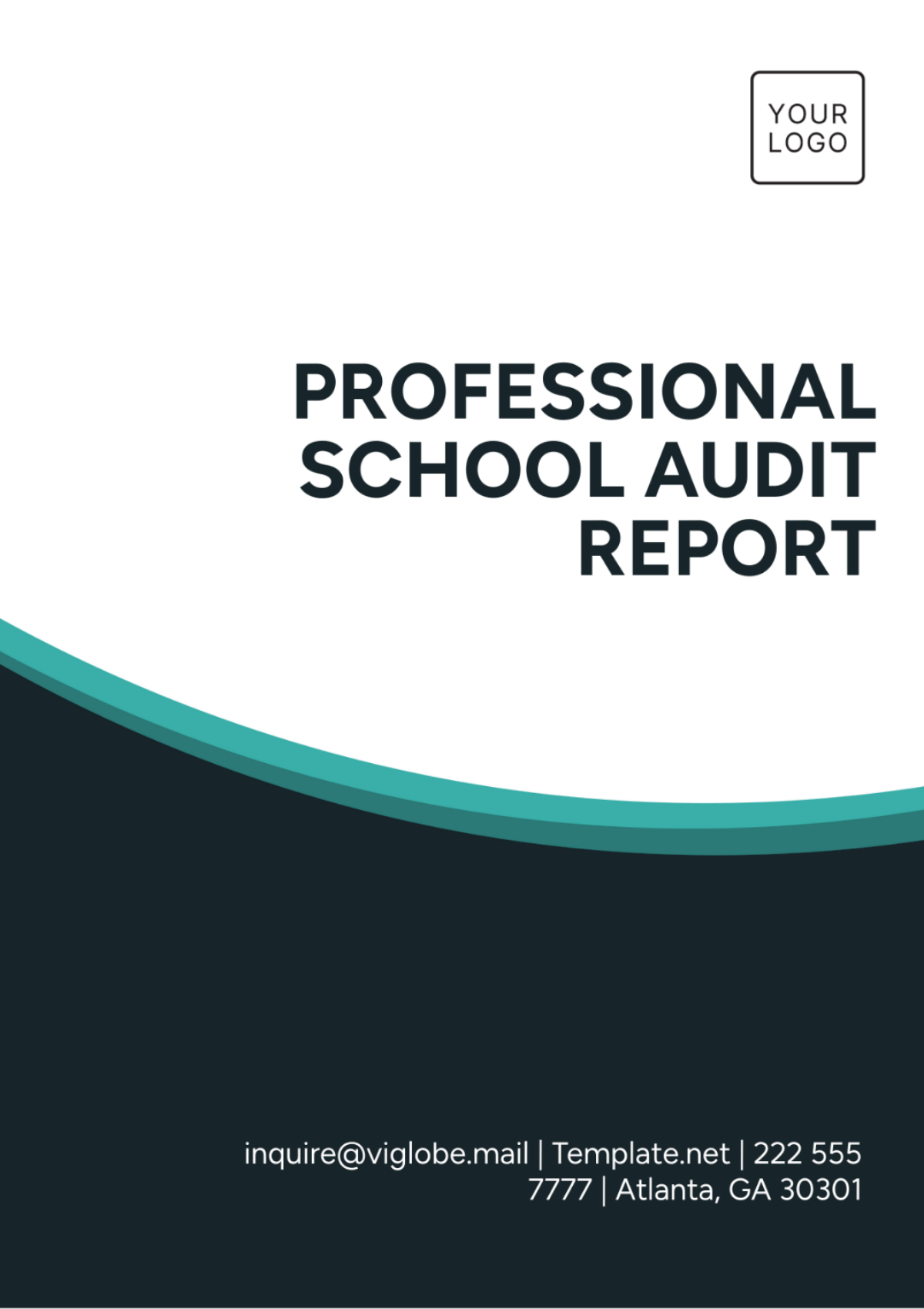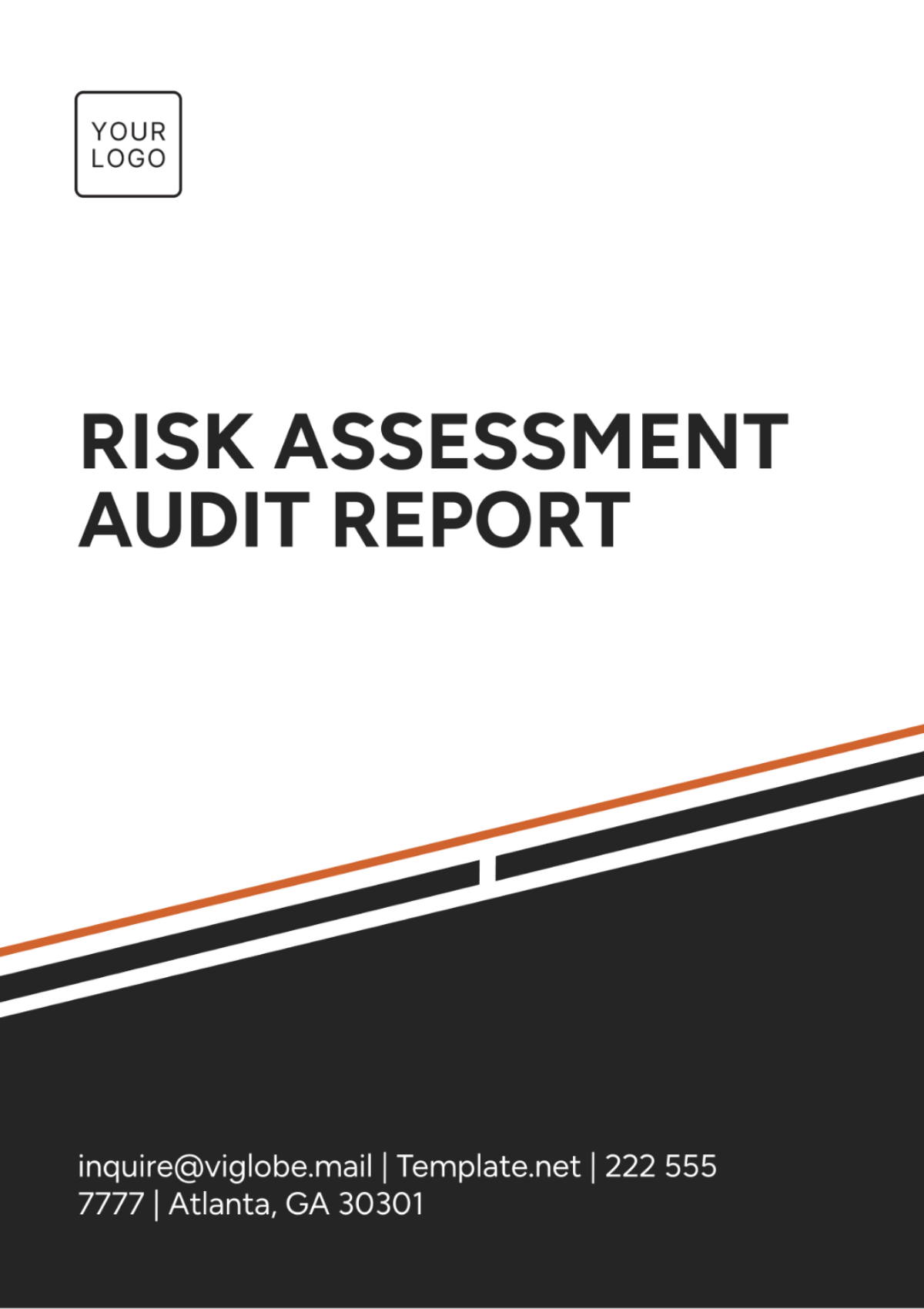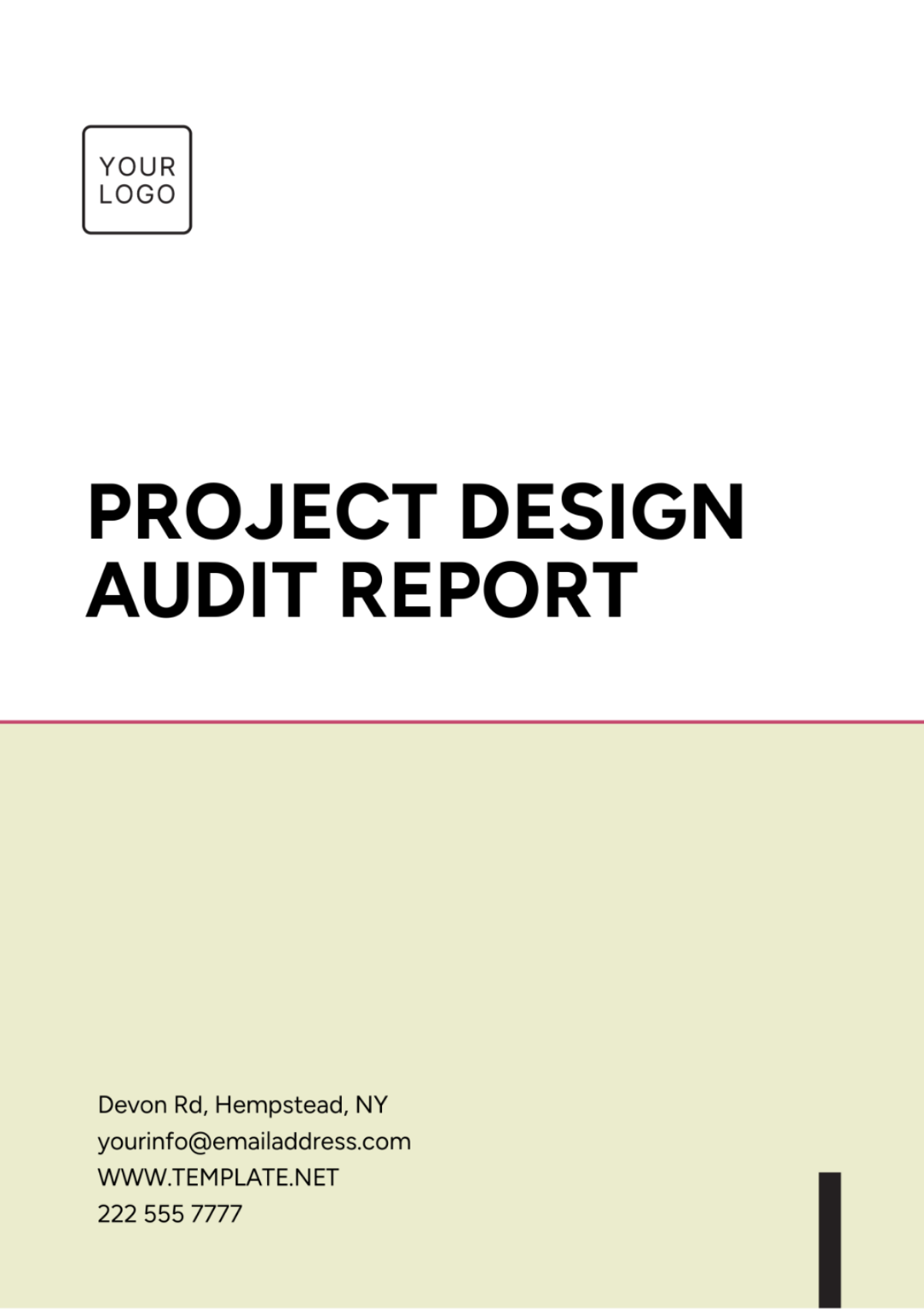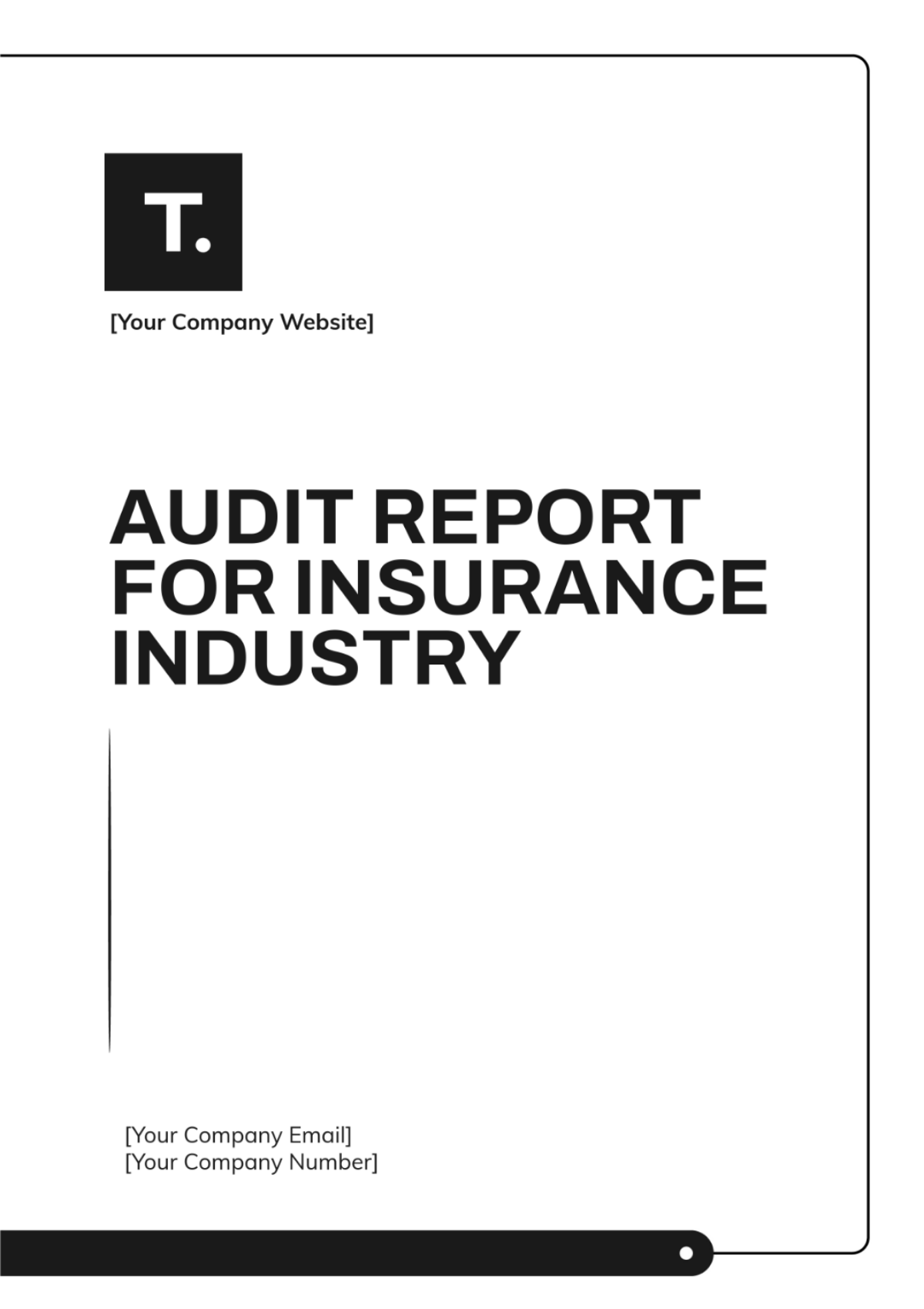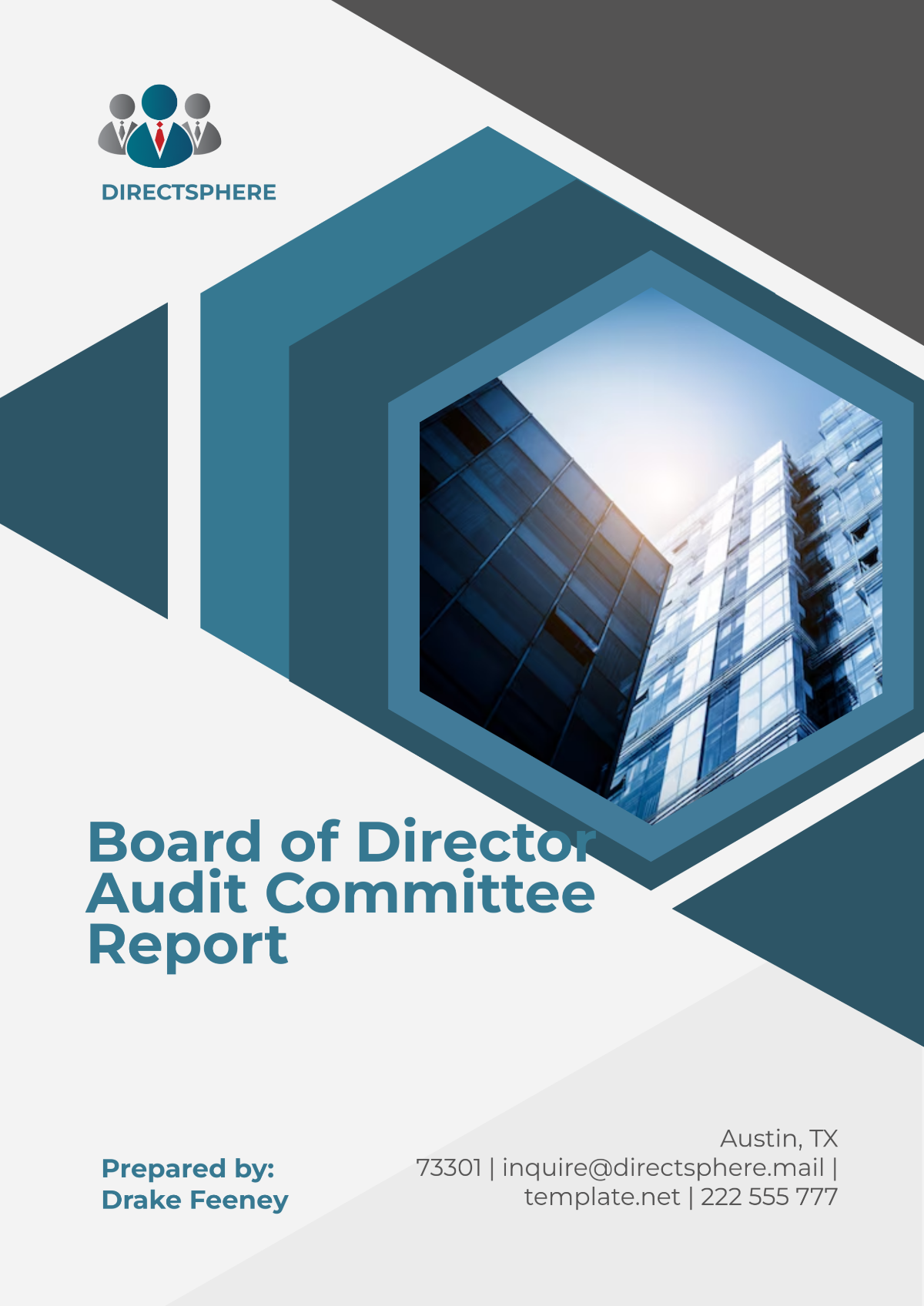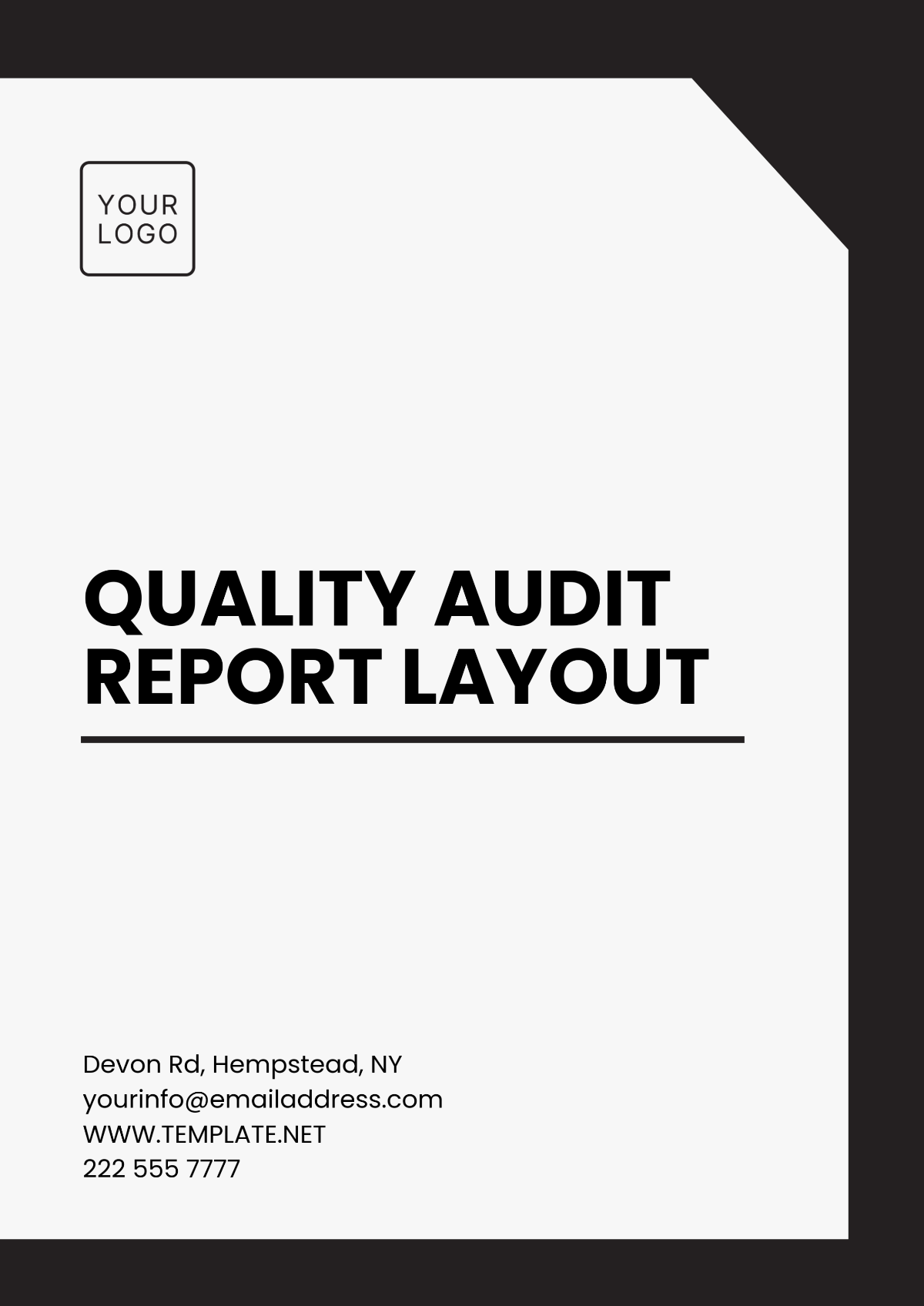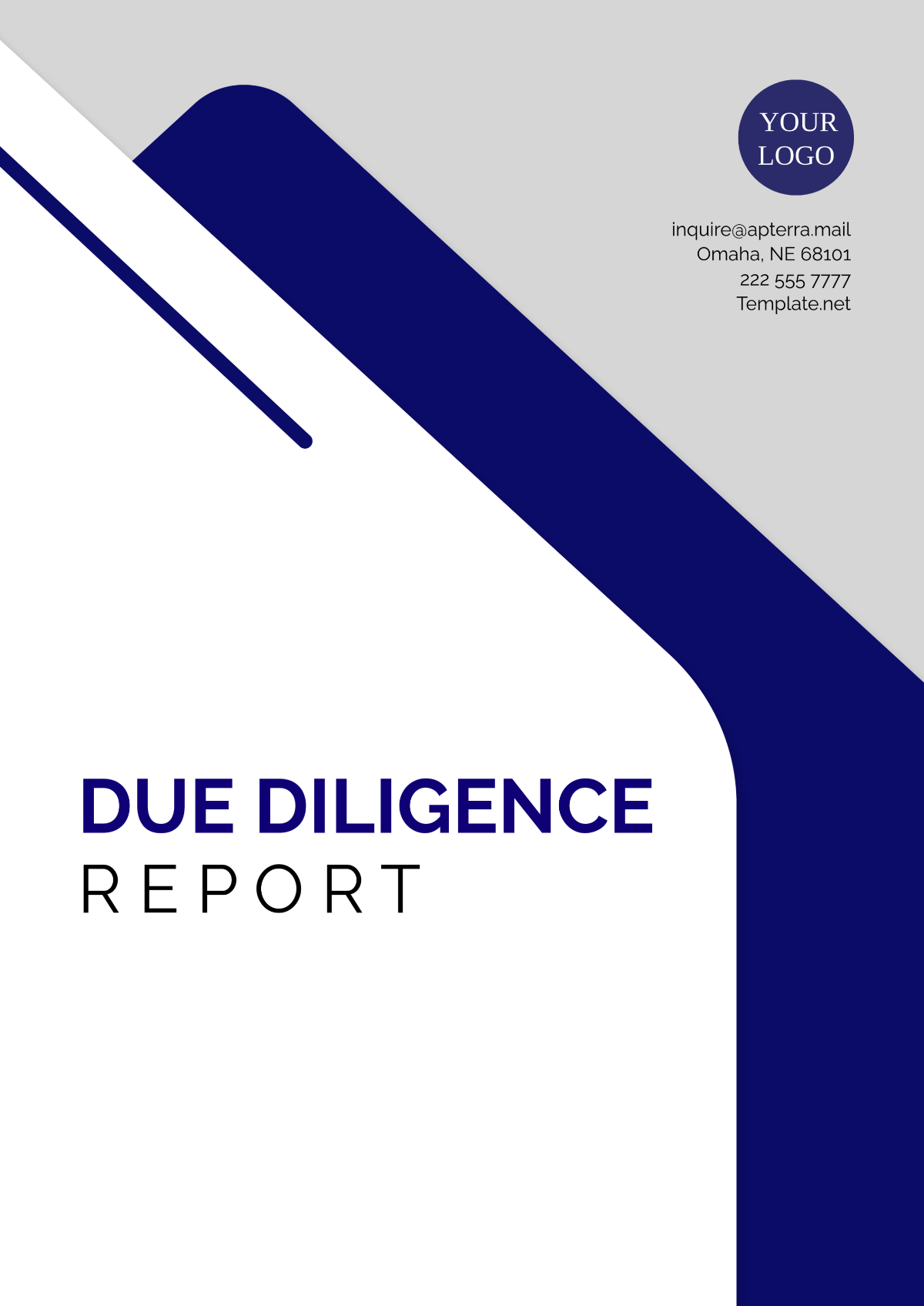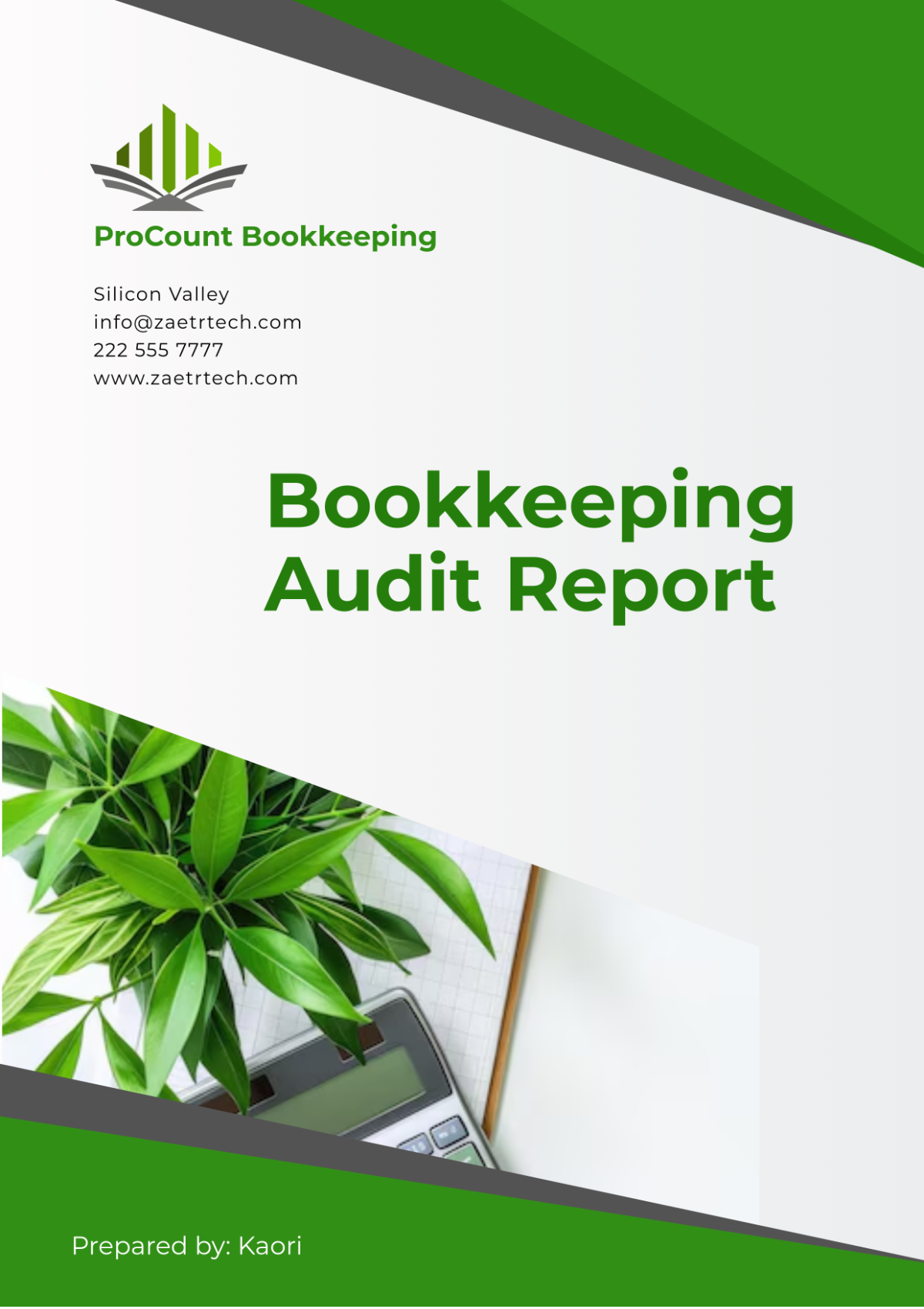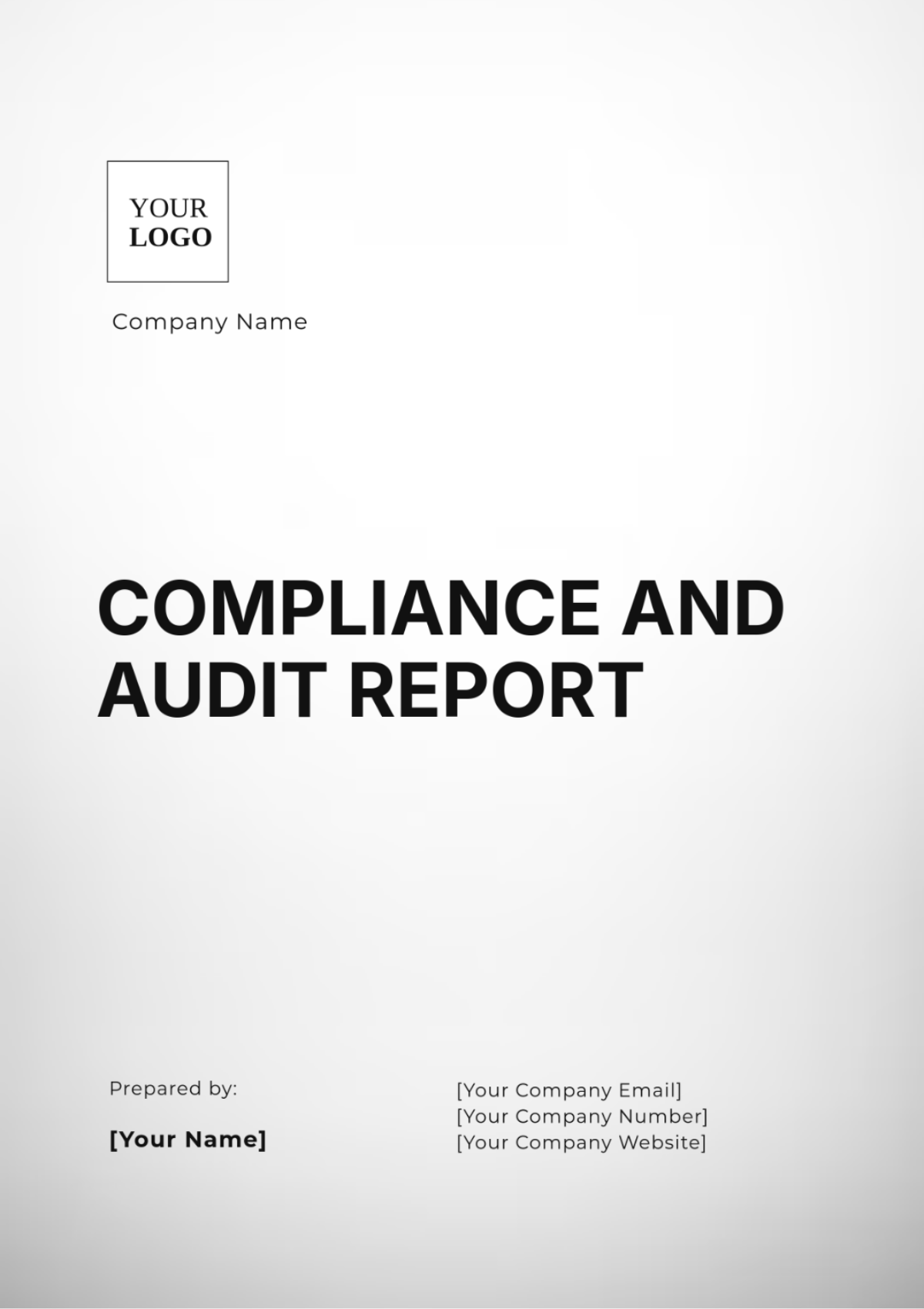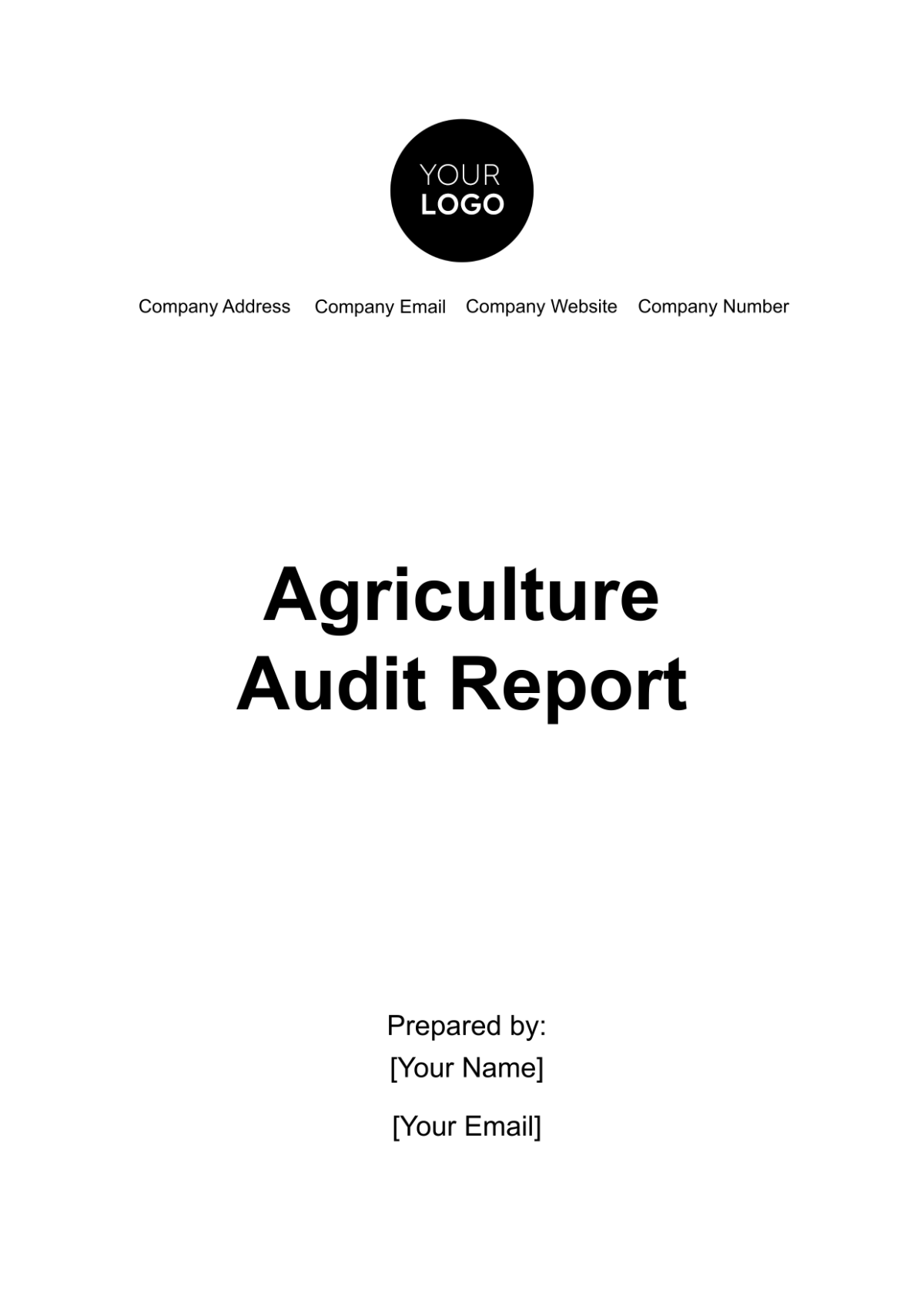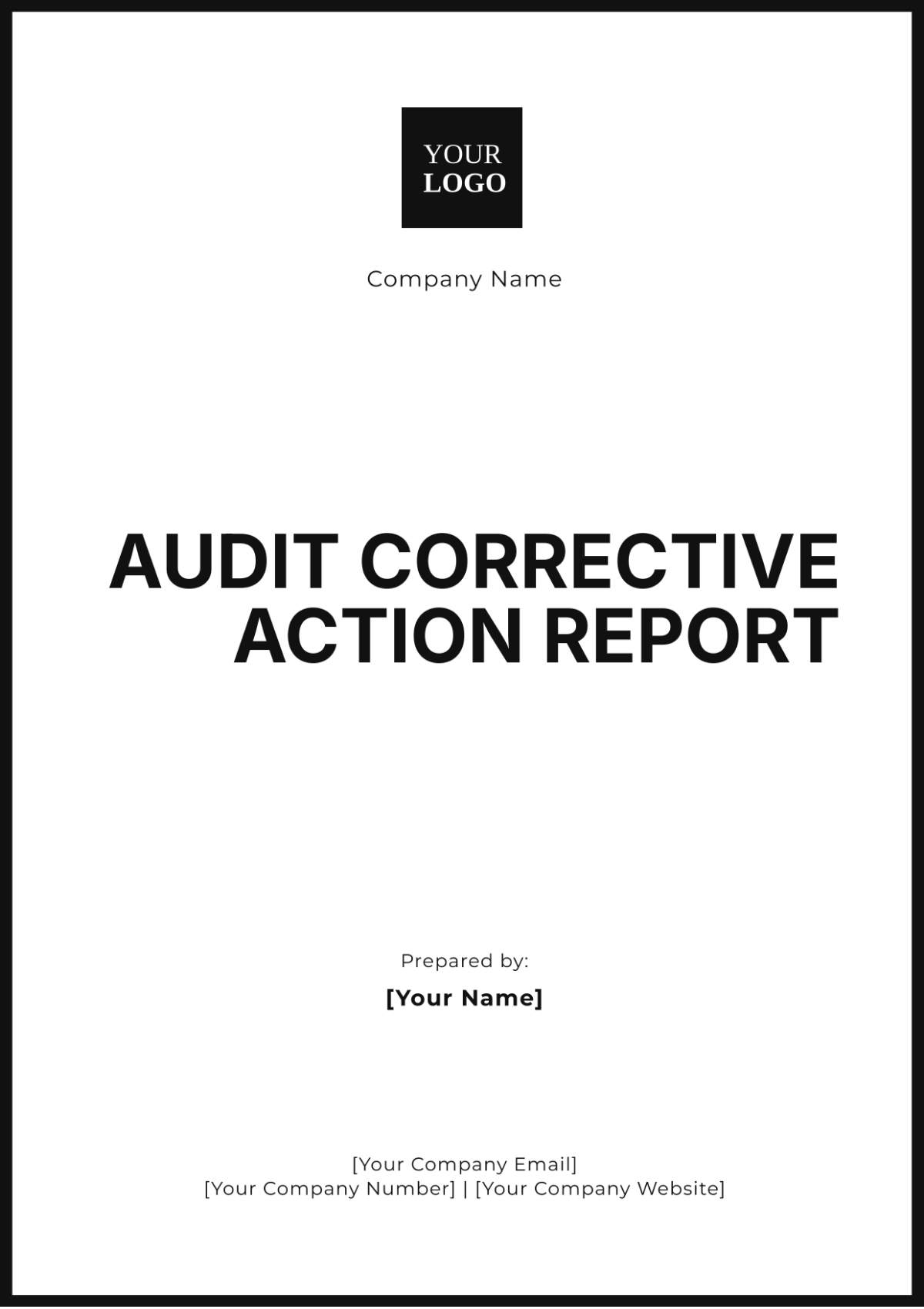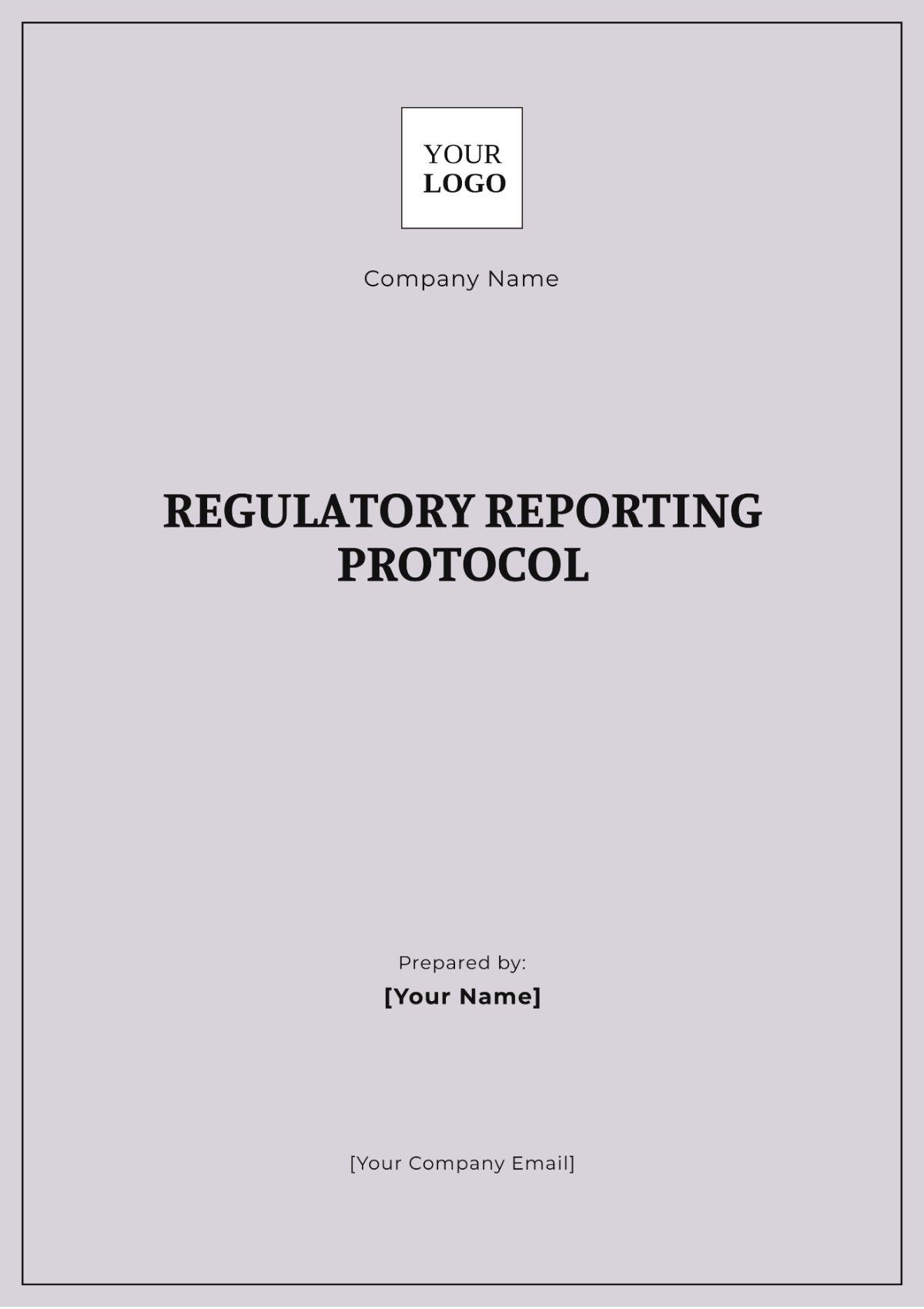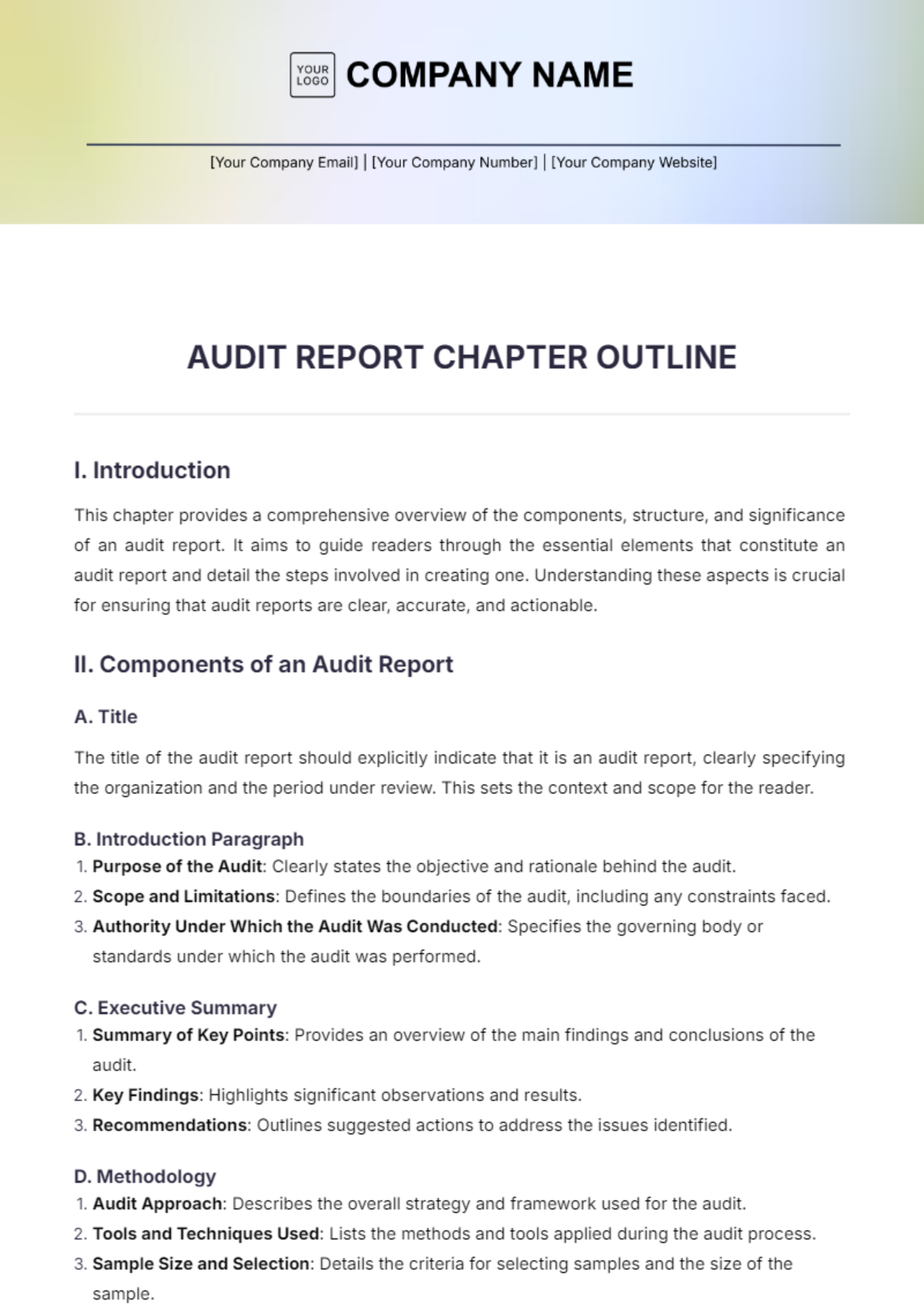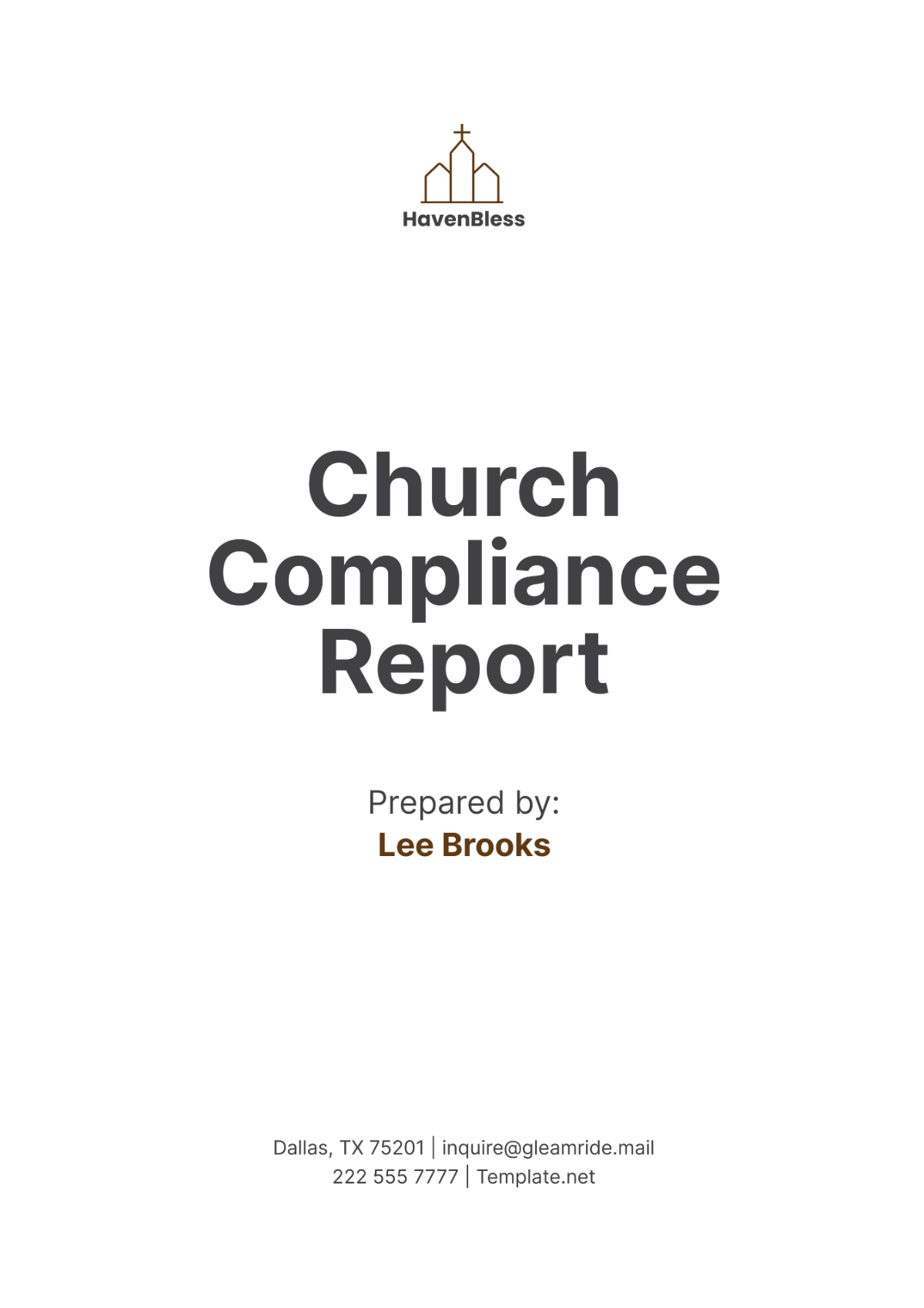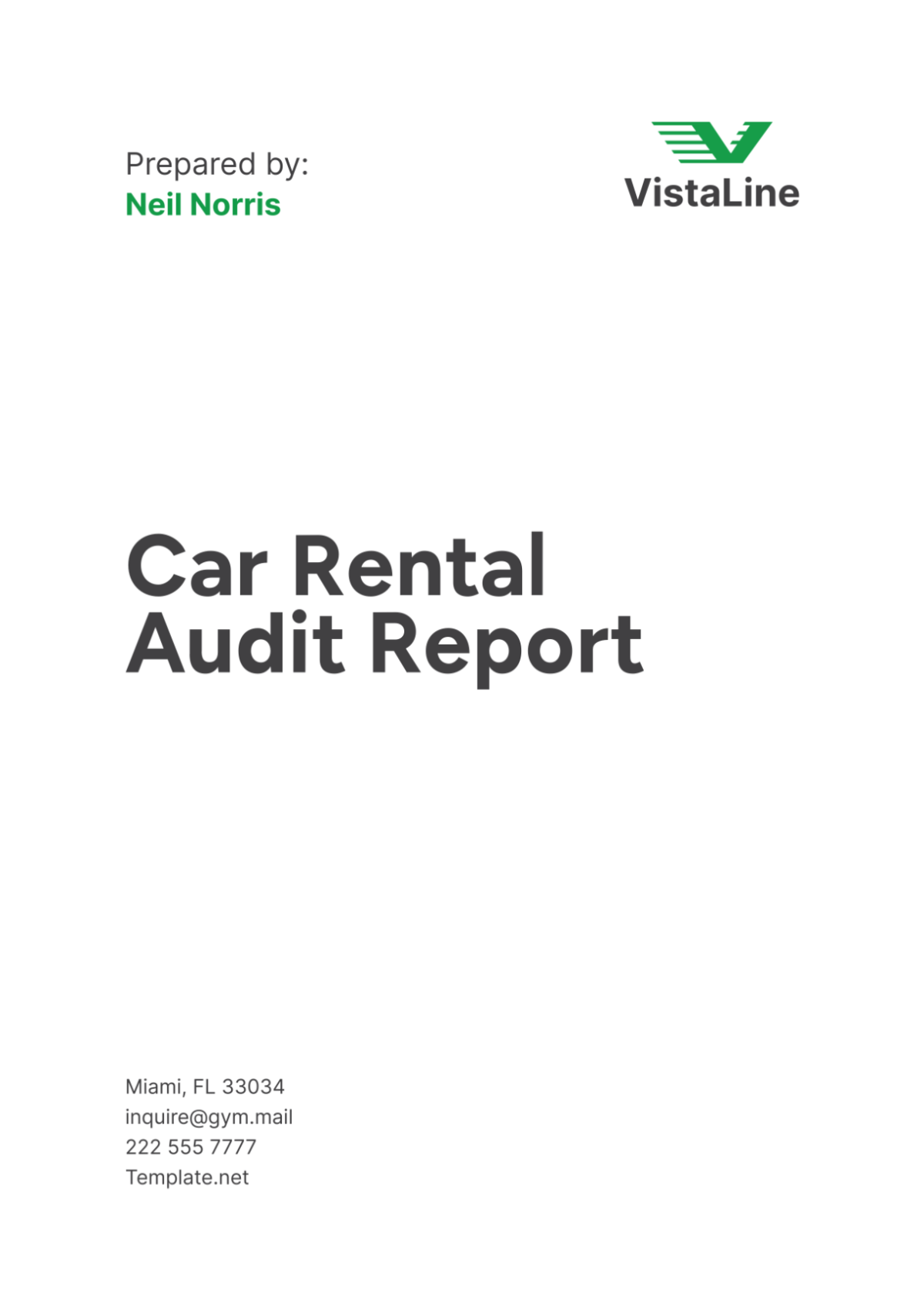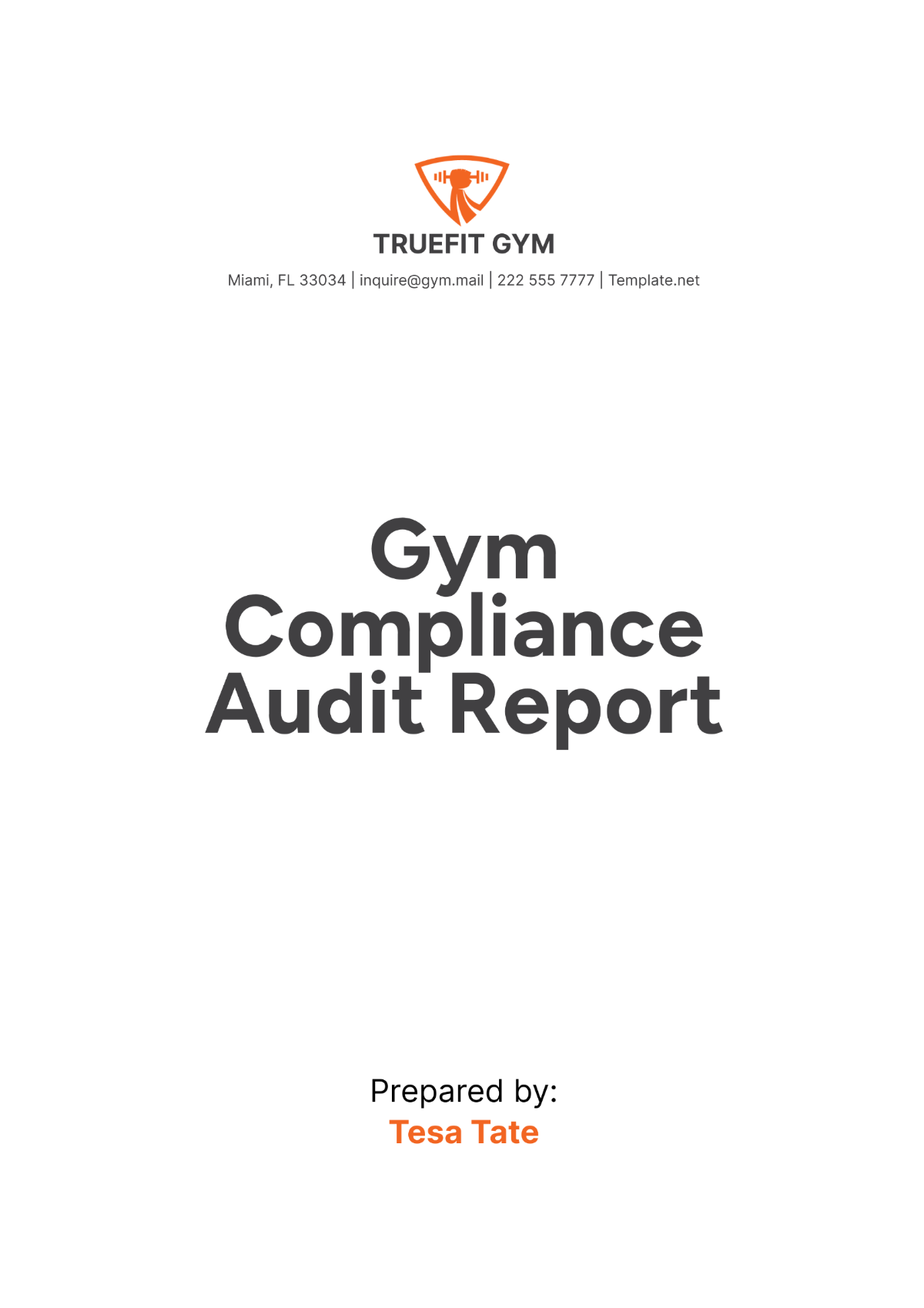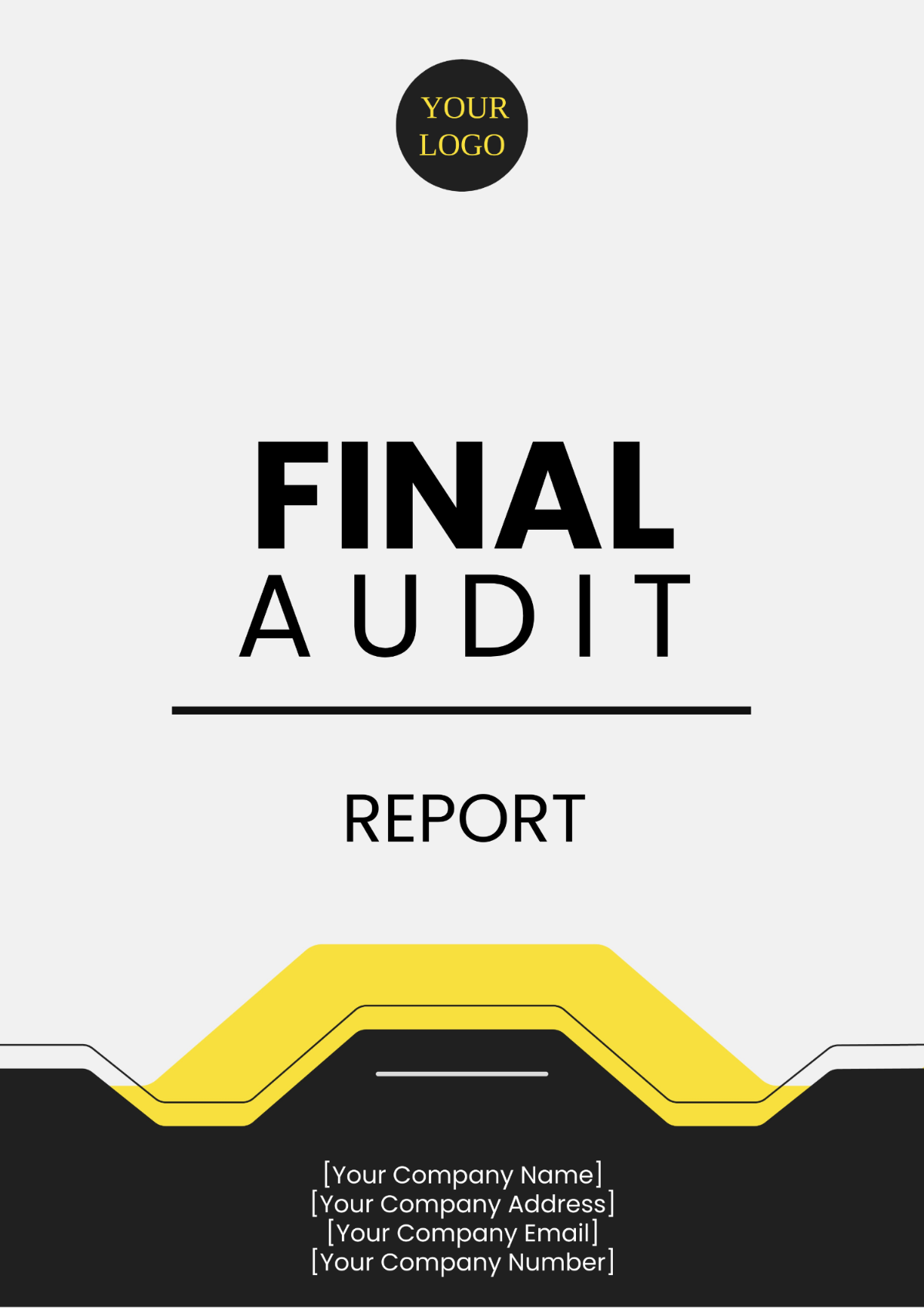Environmental Audit Report
[Your Company Name]
Date of Report: January 15, 2051
Prepared by: [Your Name], [Your Email]
I. Executive Summary
This Environmental Audit Report evaluates the air quality compliance of our manufacturing plant located at [Your Company Address]. The audit, conducted on December 12, 2050, targeted emission levels and adherence to Environmental Protection Agency (EPA) regulations.
II. Audit Objectives
The primary objectives of this environmental audit were:
To assess the plant's compliance with the Clean Air Act.
To identify areas of non-compliance and recommend corrective actions.
To ensure sustainable environmental practices within our operations.
III. Audit Scope
The audit covered the following aspects:
Emission Sources
Air Quality Monitoring Systems
Regulatory Compliance Documentation
Employee Training and Awareness
IV. Methodology
A. Data Collection
Data were collected through on-site inspections, interviews with staff, and a review of operational records. Air quality measurements were taken from key emission points using EPA-approved methods.
B. Risk Assessment
Potential non-compliance risks were analyzed based on observed practices and documentation. Each risk was rated on a scale from low to high based on its environmental impact.
C. Reporting
Findings were documented and reviewed with the plant's management team to develop a feasible timeline for corrective actions.
V. Findings and Observations
A. Emission Levels
The emission levels for pollutants such as CO2, NOx, and particulates were found to be within the permissible limits set by the EPA, except for a minor exceedance in CO2 levels at Unit 3.
B. Air Quality Monitoring Systems
The plant is equipped with advanced air quality monitoring systems; however, calibration records were incomplete for certain periods in 2050.
C. Regulatory Compliance Documentation
All required permits and licenses were available and up-to-date, although there was a noted delay in the submission of the quarterly emission reports for Q3 2050.
VI. Recommendations
Based on the findings, the following recommendations are made:
Address CO2 exceedance by optimizing combustion processes in Unit 3.
Ensure regular and documented calibration of air quality monitoring equipment.
Implement a stricter internal review process to avoid delays in regulatory submissions.
VII. Conclusion
In conclusion, while the plant shows a strong commitment to maintaining air quality standards, attention to specific areas such as emission reporting and equipment calibration will further enhance compliance. Immediate actions should be taken to rectify the noted deficiencies.
For any clarifications, please contact [Your Name] at [Your Email] or visit our website at [Your Company Website].

